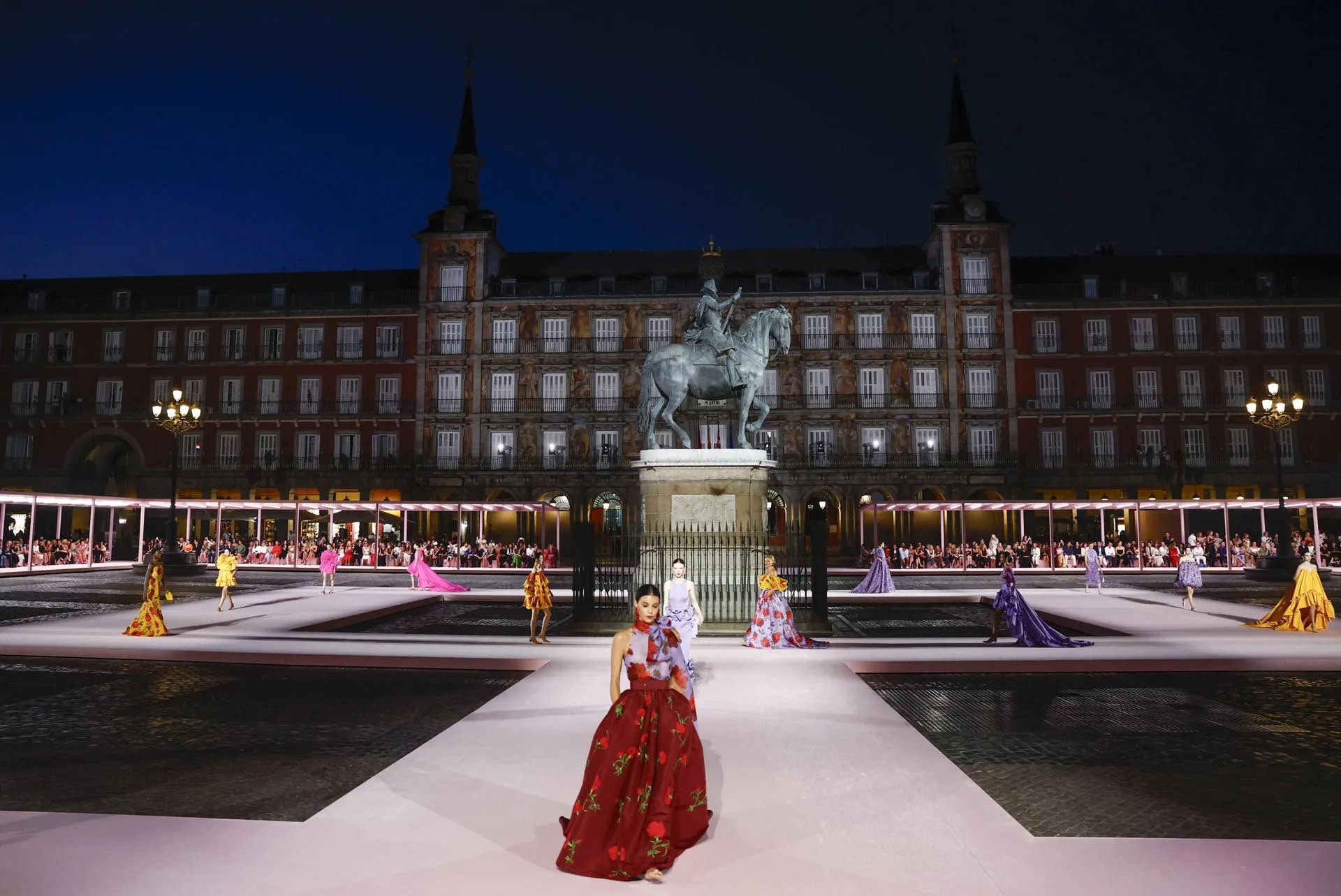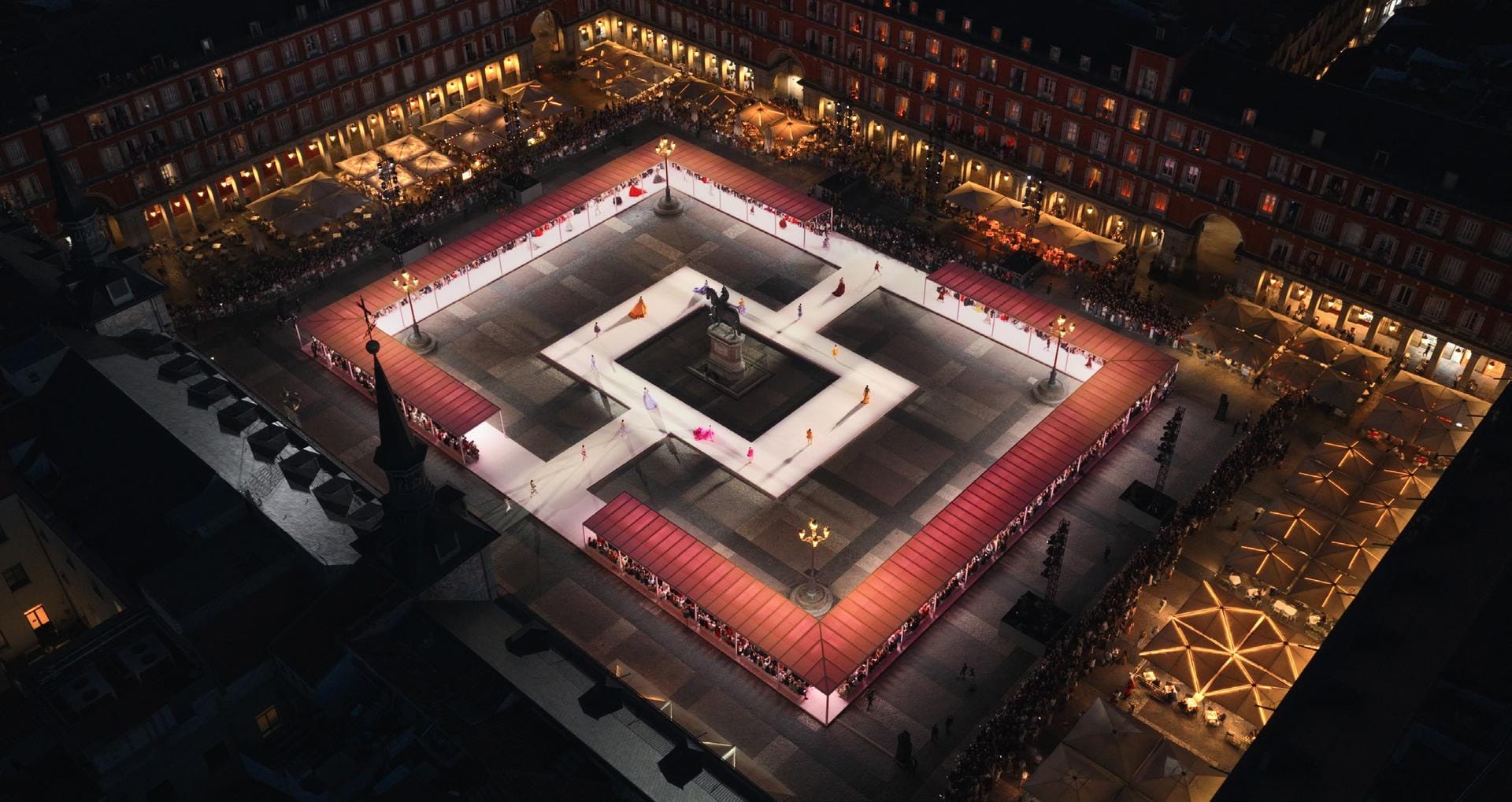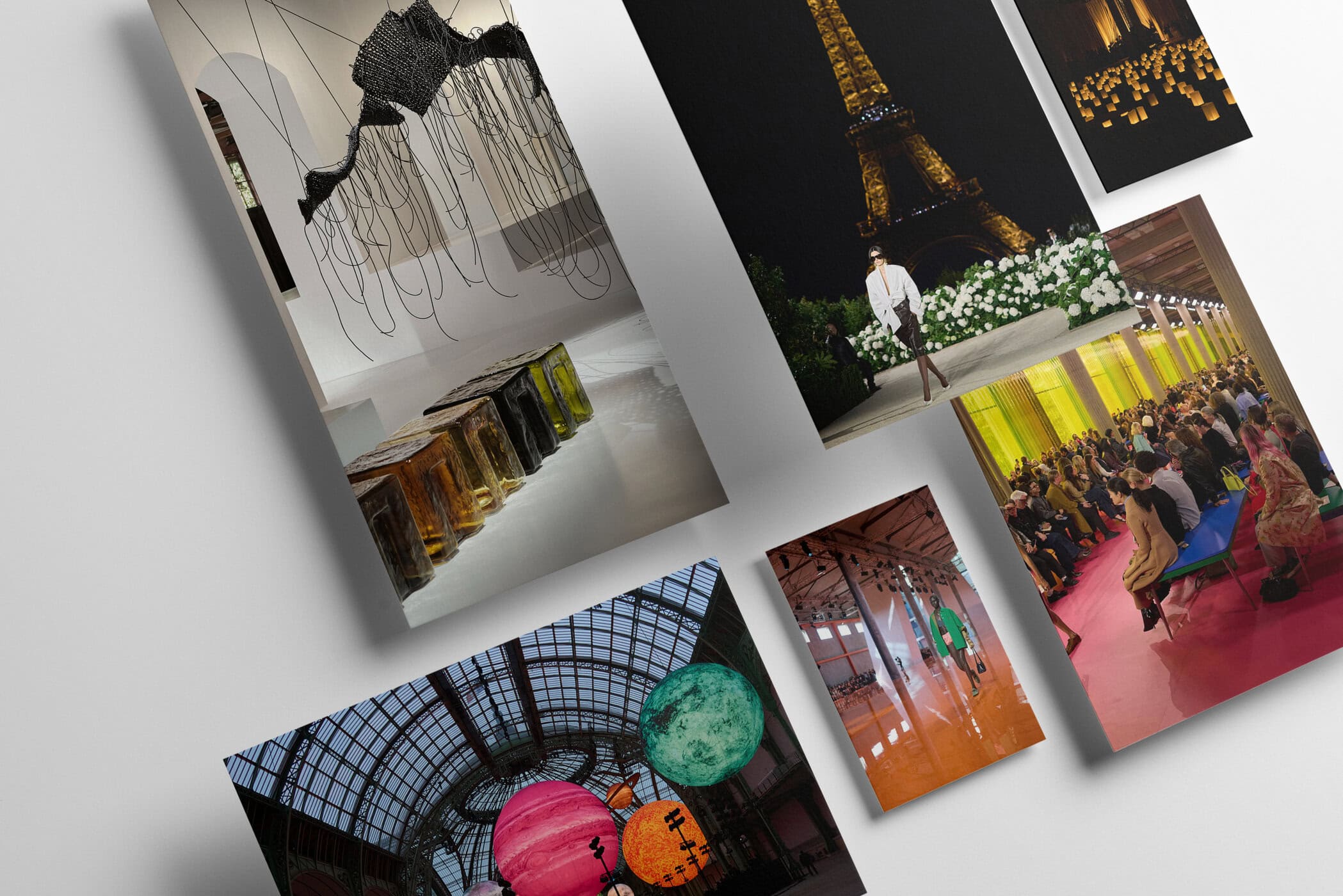Scene Stealers: The Sets That Shaped Spring 2026
By Sofia Crawford and Sonya Moore
Fashion’s most powerful stories are no longer confined to garments but unfold through the spaces that frame them. From Bureau Betak’s monumental choreography to La Mode En Images’ atmospheric minimalism, set design has evolved into fashion’s new language, one that determines how emotion, identity, and artistry are experienced. This season blurred the boundaries between space, set, and spectacle: some designers used architecture as narrative, others as illusion. Across runways from Paris to Milan to Madrid to New York, intention can seem to replace excess, the most compelling presentations were those where design and environment spoke in harmony, revealing that a true set is not decoration but dialogue and can be an extension of a collection’s philosophy rather than its distraction.
In the end, what lingered weren’t the lights or logistics, but the feeling of cohesion — moments where fashion, form, and atmosphere aligned. These are the sets that captured that rare harmony and redefined what a show can say.
Chanel
For his directorial debut, Matthieu Blazy took us out of this world and into one of Chanel, serving not merely a presentation of garments but an immersive cosmology of what the house could be. Set within the hallowed vault of the Grand Palais, the venue that the heritage house has long partnered with for every show, was transformed into a celestial tableau. A flawless replica of the solar system orbiting above the runway, each planet suspended in serene rotation. In this high-stakes debut, the house crafted its own universe, one where the familiar codes of tweed and camellia were reframed against the sublime backdrop of cosmos and infinity. The design, choreography, and spatial spectacle felt simultaneously grounded yet extraterrestrial, as though Chanel were charting its own orbit between heritage and reinvention; a mirror to Matthieu Blazy’s expanding perspective of the house. It was a declaration of ambition; both aesthetic and metaphysical—inviting spectators to contemplate Chanel not merely as adornment or history, but as a proposition about space, time, and possibility.
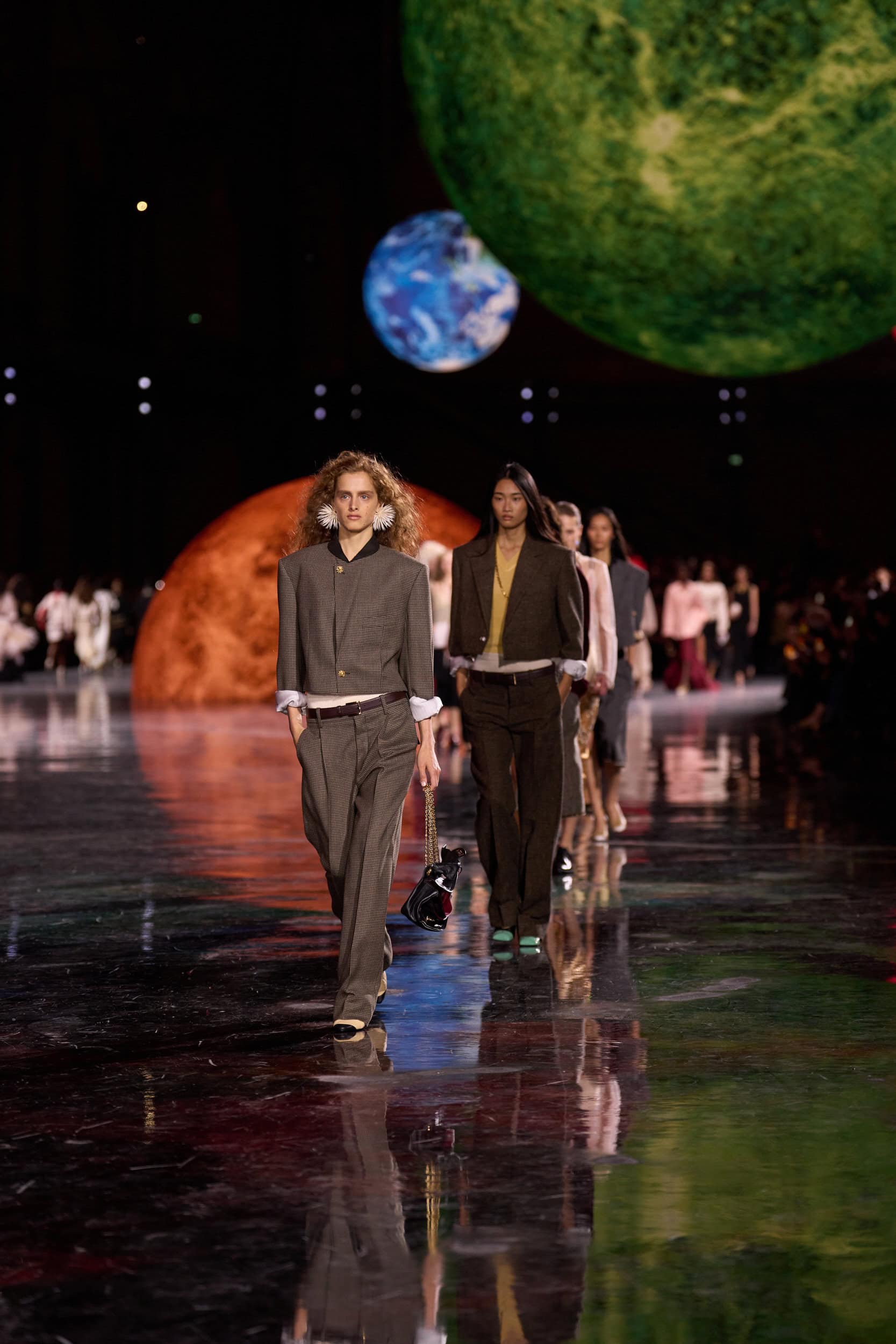
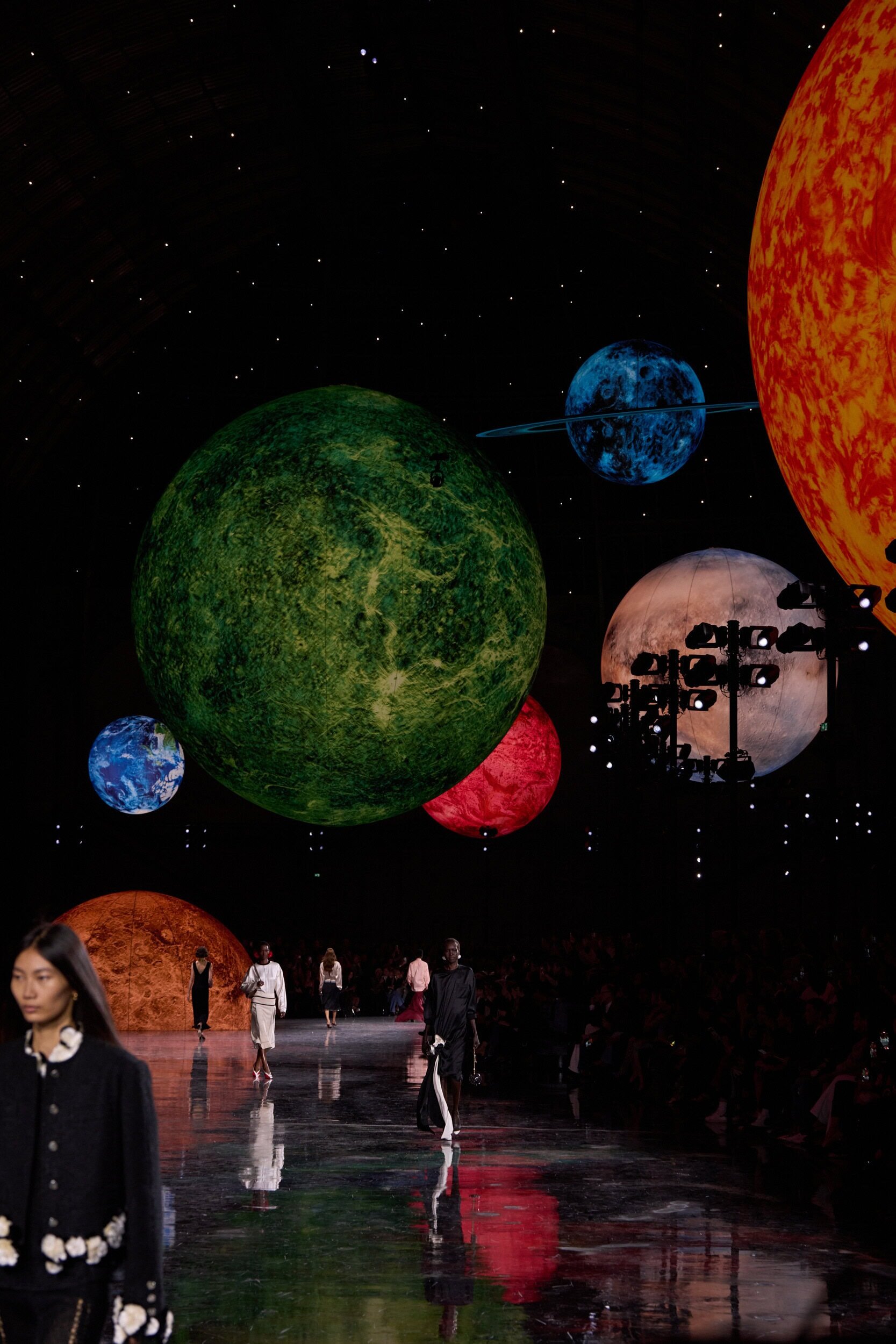
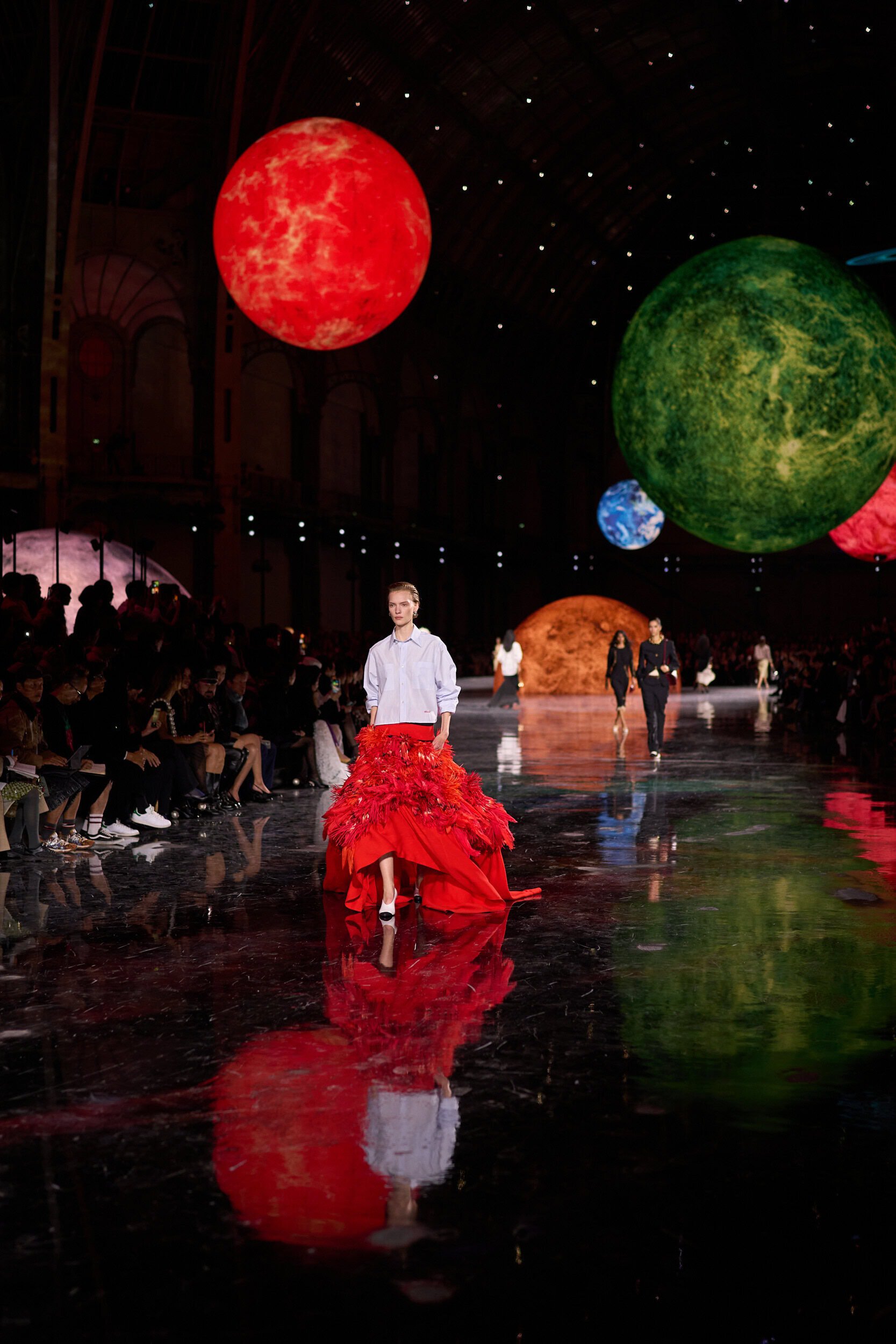
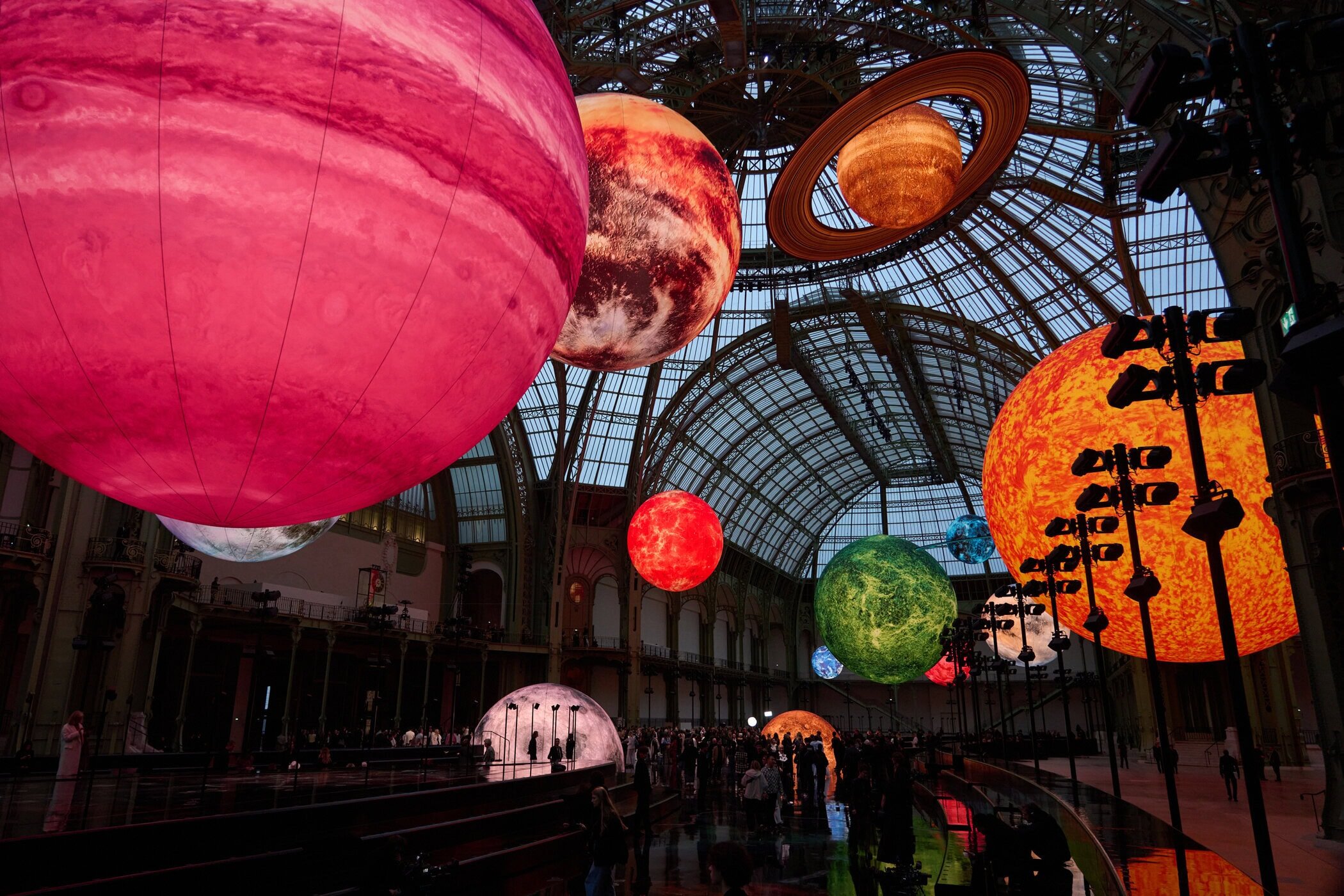
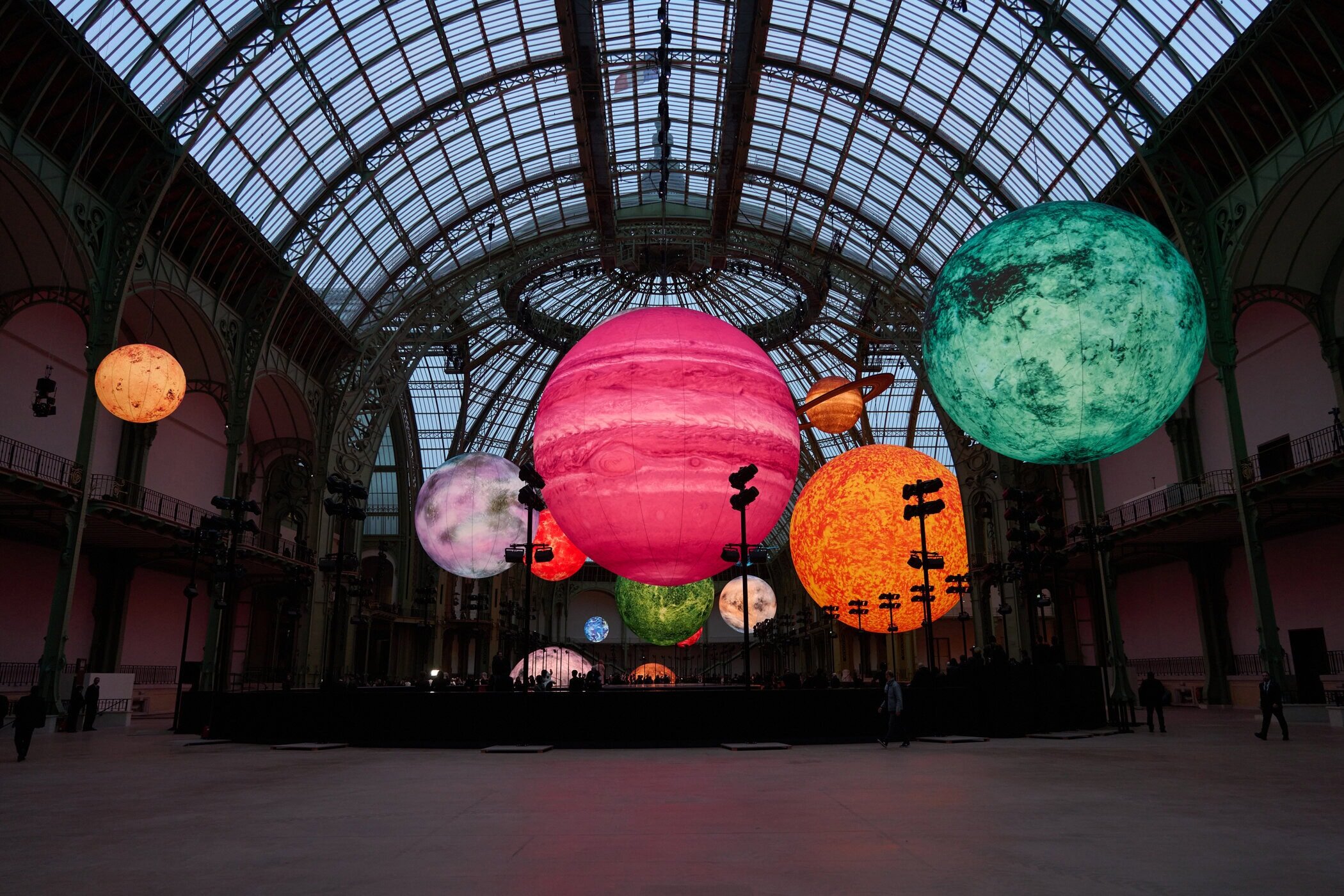
Bottega Veneta
Louise Trotter could not have imagined a stronger continuation of her vision at Bottega Veneta. For her sophomore collection, unveiled in Milan, the set became an extension of the brand’s devotion to texture and craftsmanship. Designed by 6:AM, the space featured Murano-blown seat glass cubes in a bespoke palette of ten luminous hues — beautifully saturated, almost like oversized ice cubes, refracting light across the runway. Complementing these were hanging installations by Seoul-based artist Kwangho Lee, whose work reinterprets the ordinary by giving new meaning and function to everyday materials. Together, the two elements created a setting that mirrored Trotter’s approach for this season: quietly architectural, tactile, and Resonant.
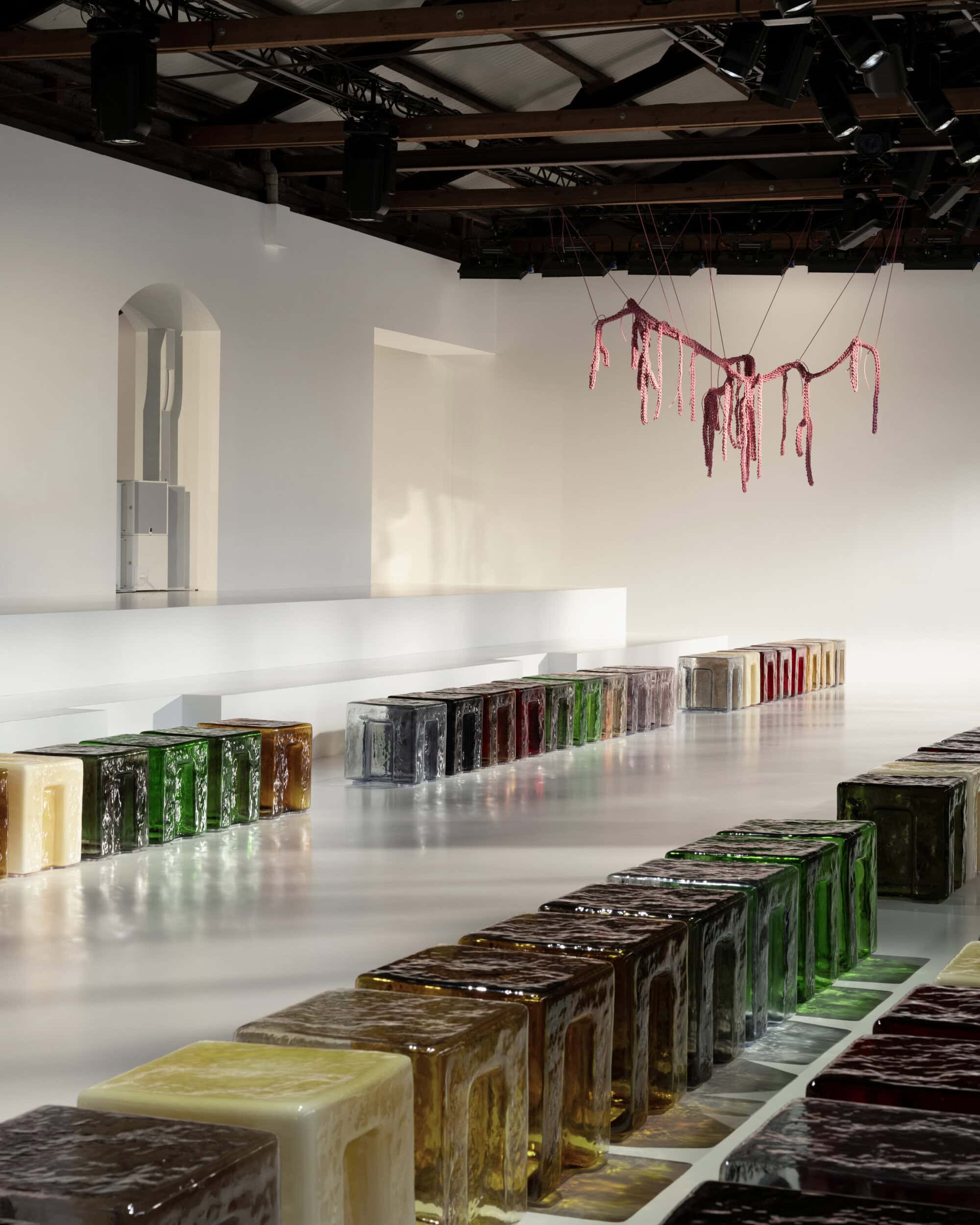
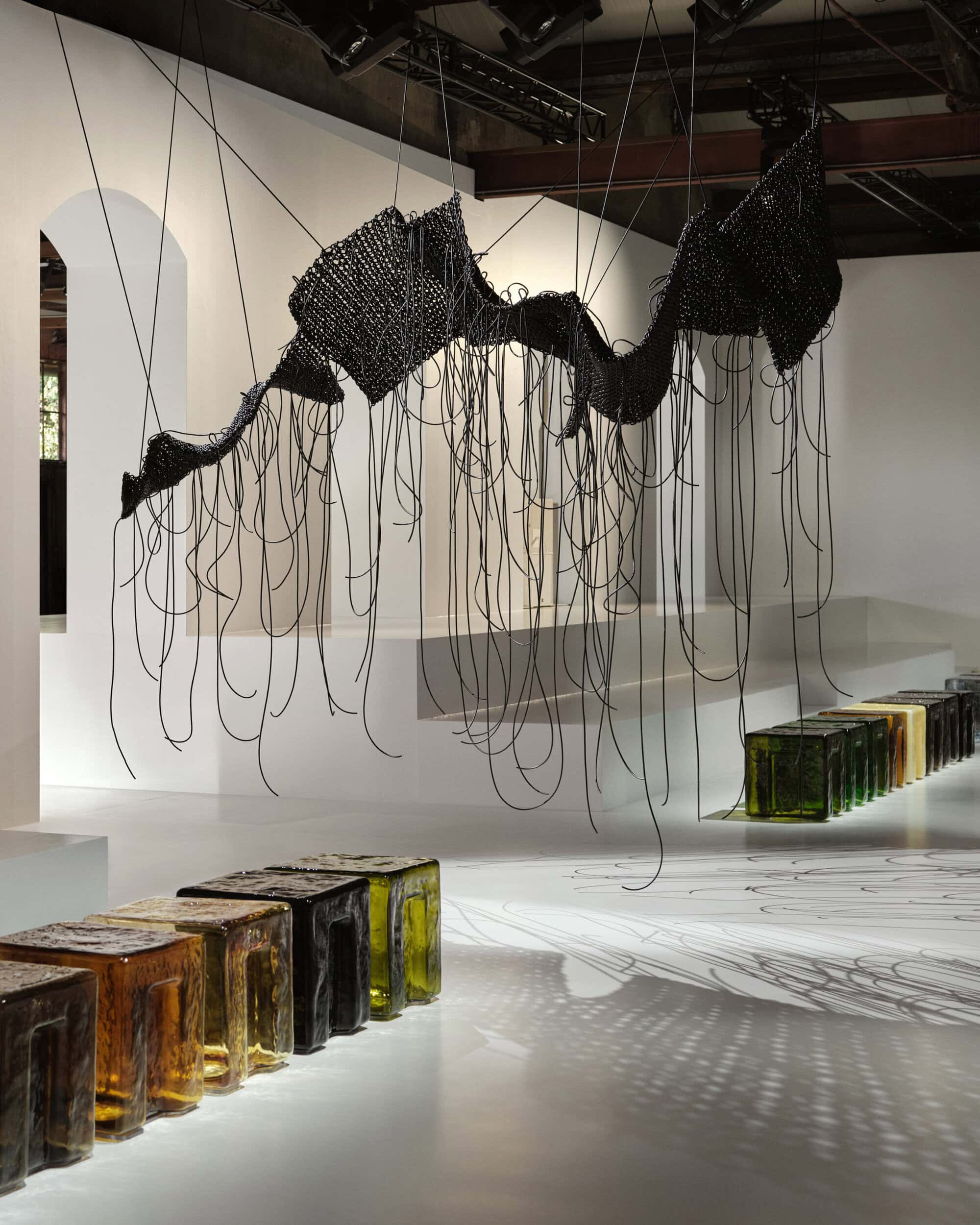
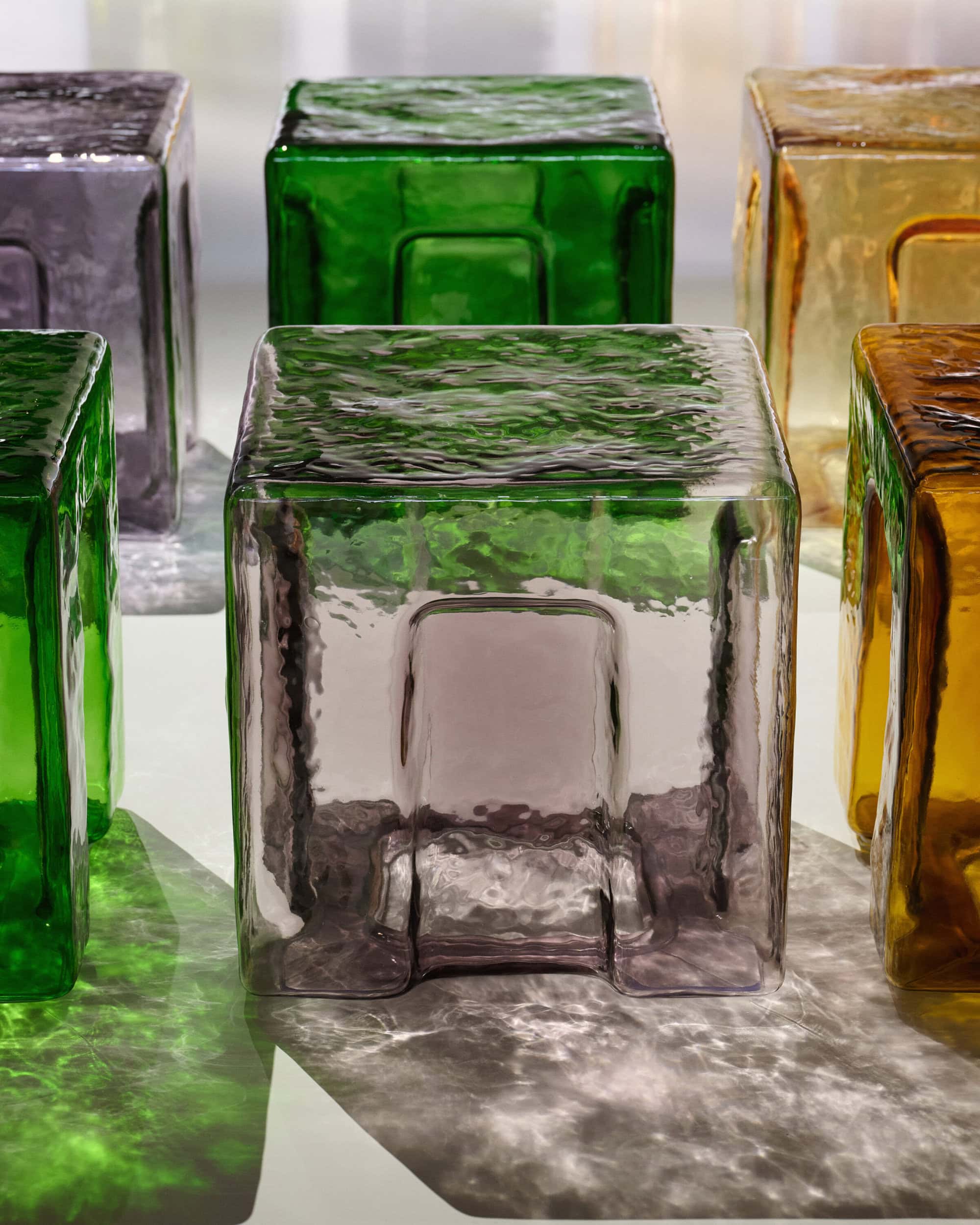
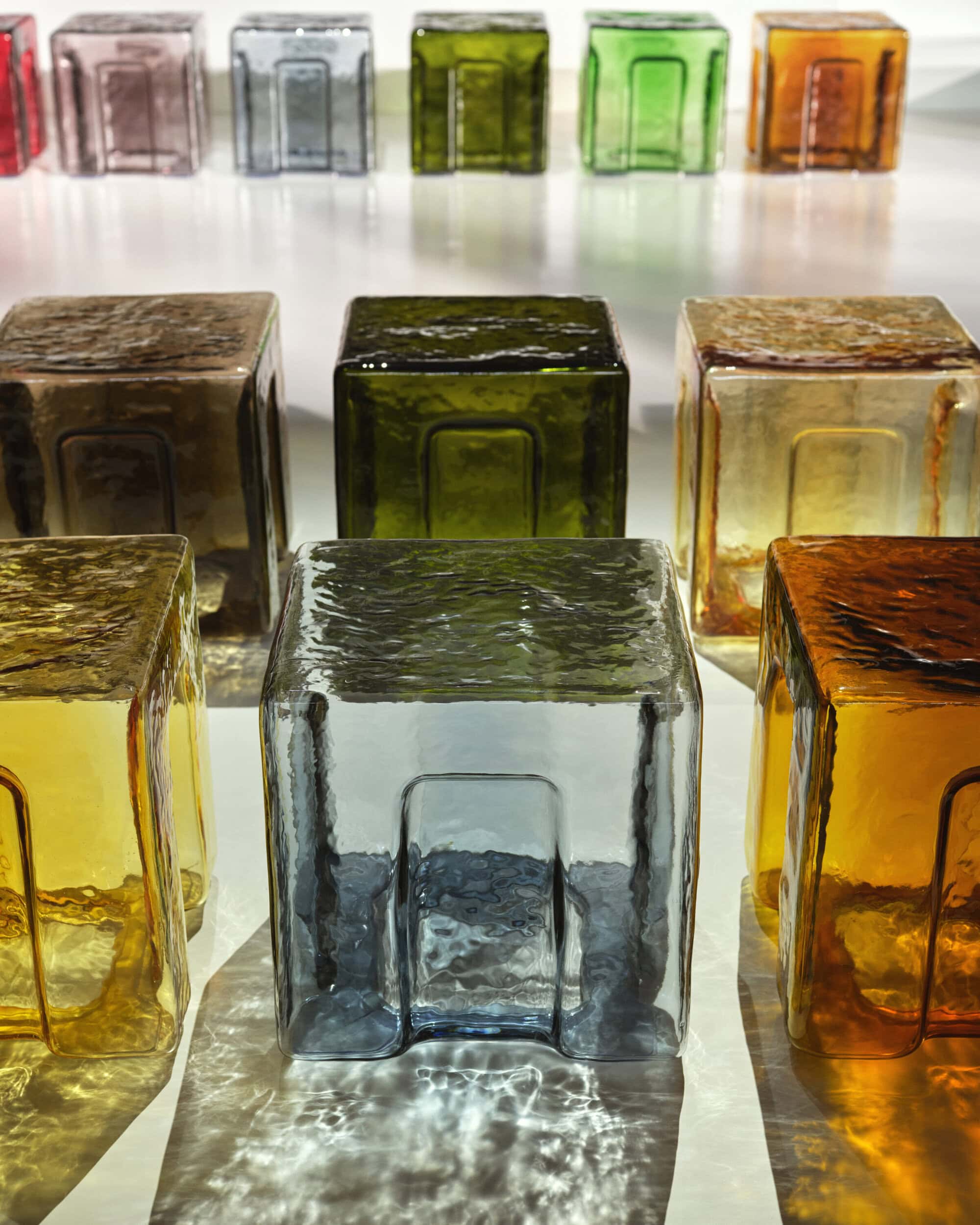
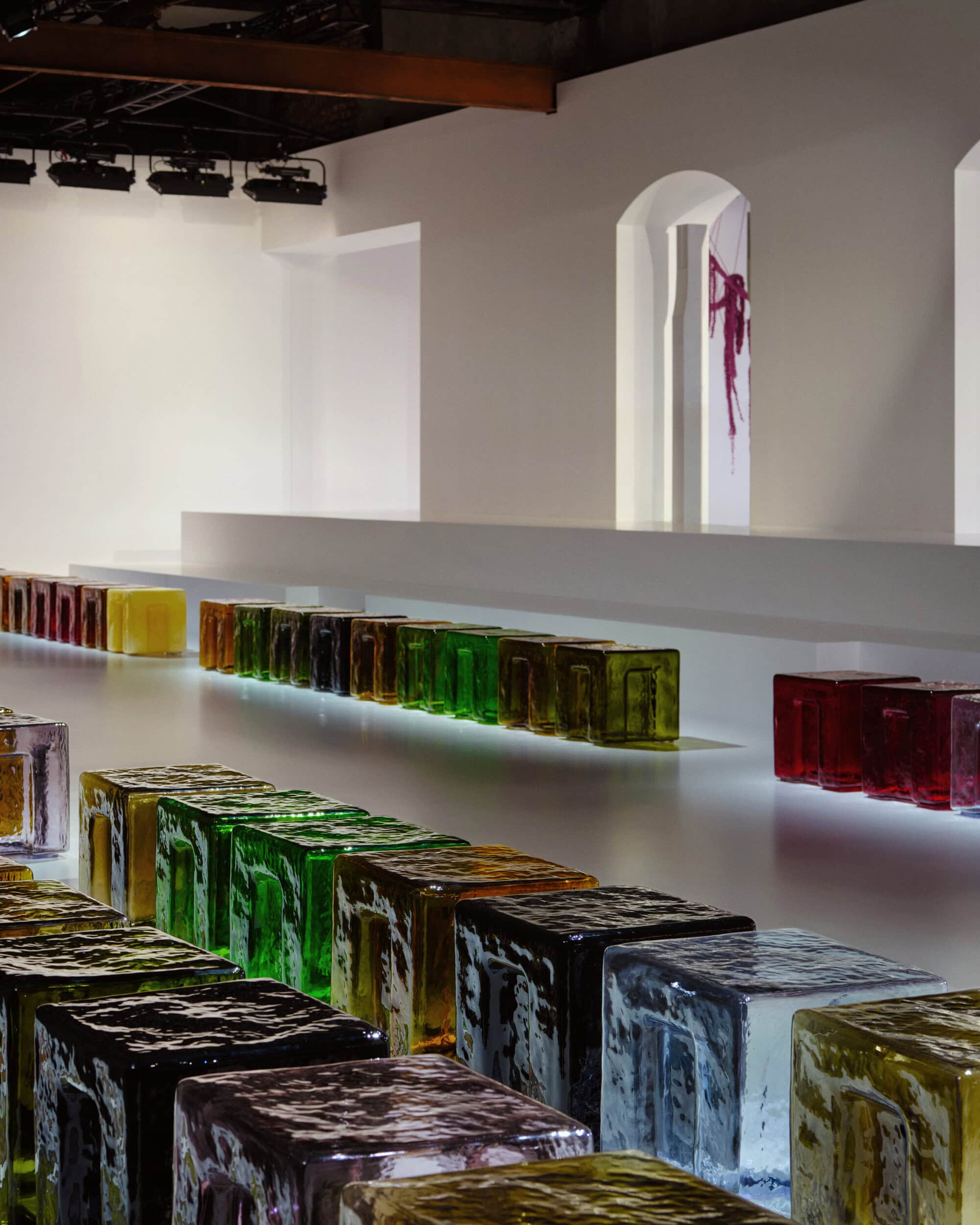
Zomer
Transforming the runway into a living canvas, the Zomer show showcased its collection through strides of color. Models walked through a massive paint palette, their footsteps leaving vibrant trails across an initially pristine white set—an evocative echo of journey, mark, and transformation. The gradual blooming of color across the floors mirrored the collection’s own energy: bold proportions, distorted scales, and a sense of joyful abandon that countered the dominant minimalism of the moment. The set concept was at once playful and precise—never overpowering the garments, but amplifying their spirit. In collaboration with Makeup Forever, the show extended this motif into beauty, with the very floor of the palette becoming a stage where fashion, beauty, and art converged into one expressive, kinetic moment.
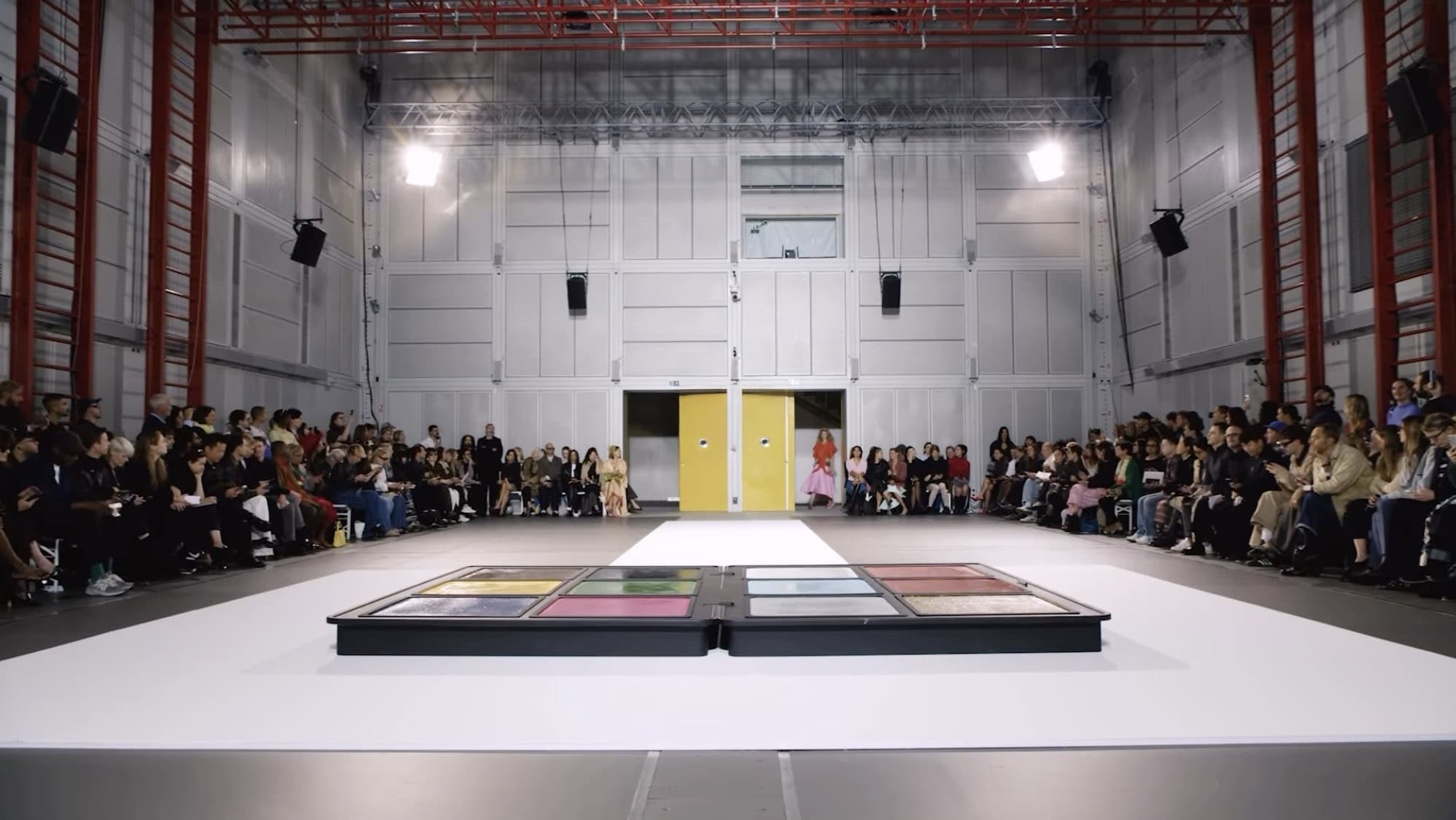
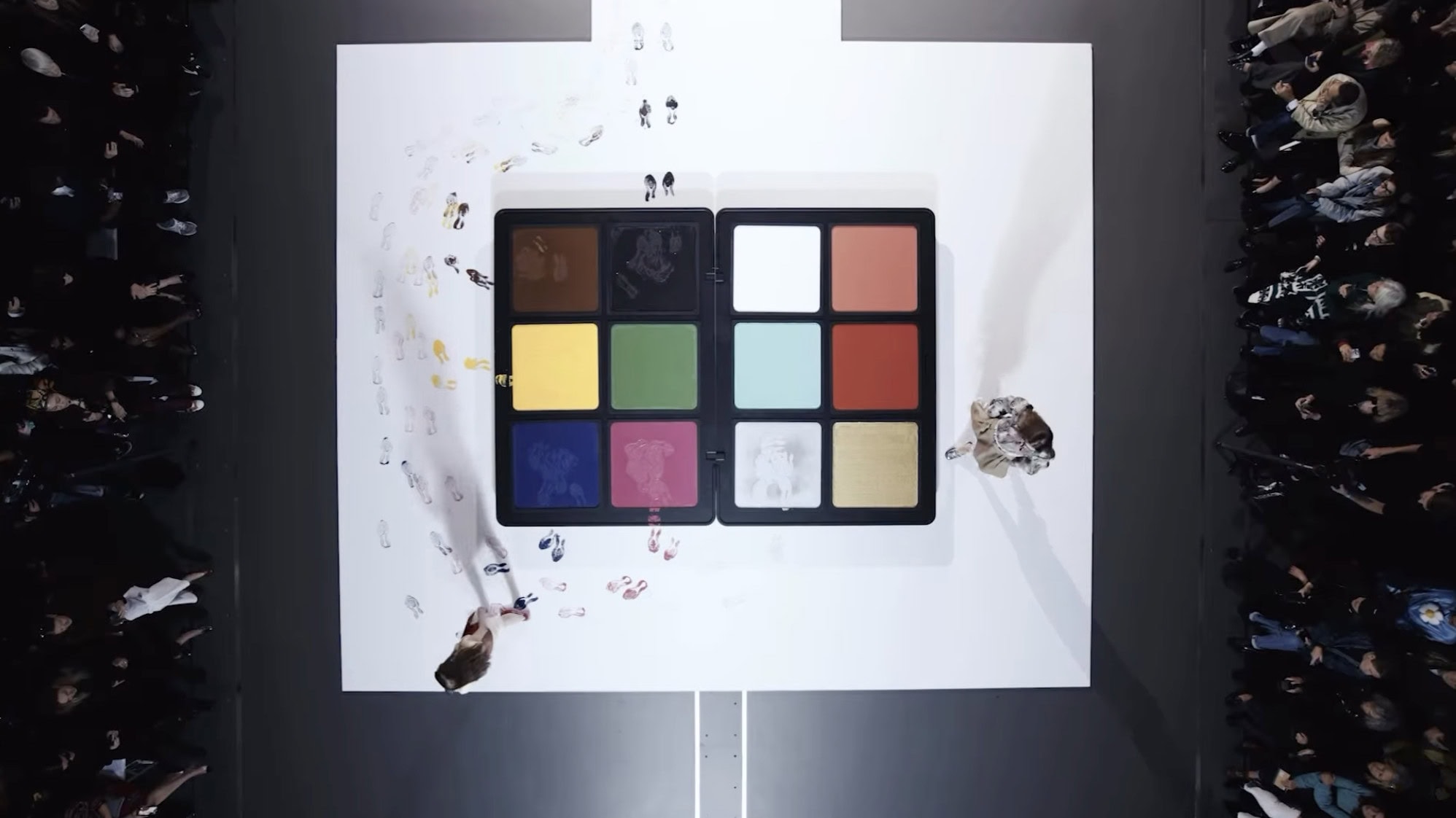
Dior
Before the first look emerged, Dior’s collection reminded us of how powerfully fashion narrates its own lineage: as the lights dimmed, a montage of the past creative directors- Monsieur Dior, Galliano, Simons, Chiuri, and beyond—appeared inverted on a prism-like screen, establishing a rare modicum of humility amid fashion’s usual forward urgency. Guests were seated from all sides, creating a square across the marbled floors that yielded a different perspective of each look. In doing so, Jonathan Anderson calibrated his debut not as a rupture but as a gesture of continuity, positioning his vision as one piece in a grander, evolving narrative. The set, with its mirrored inversions and fractured geometry, reinforced this strategy: codes folded into contradictions, tradition refracted through modern surfaces. It was a moment of quiet poetry, an audacious reminder that true reinvention lies not in erasing history, but in bending it toward new possibilities.
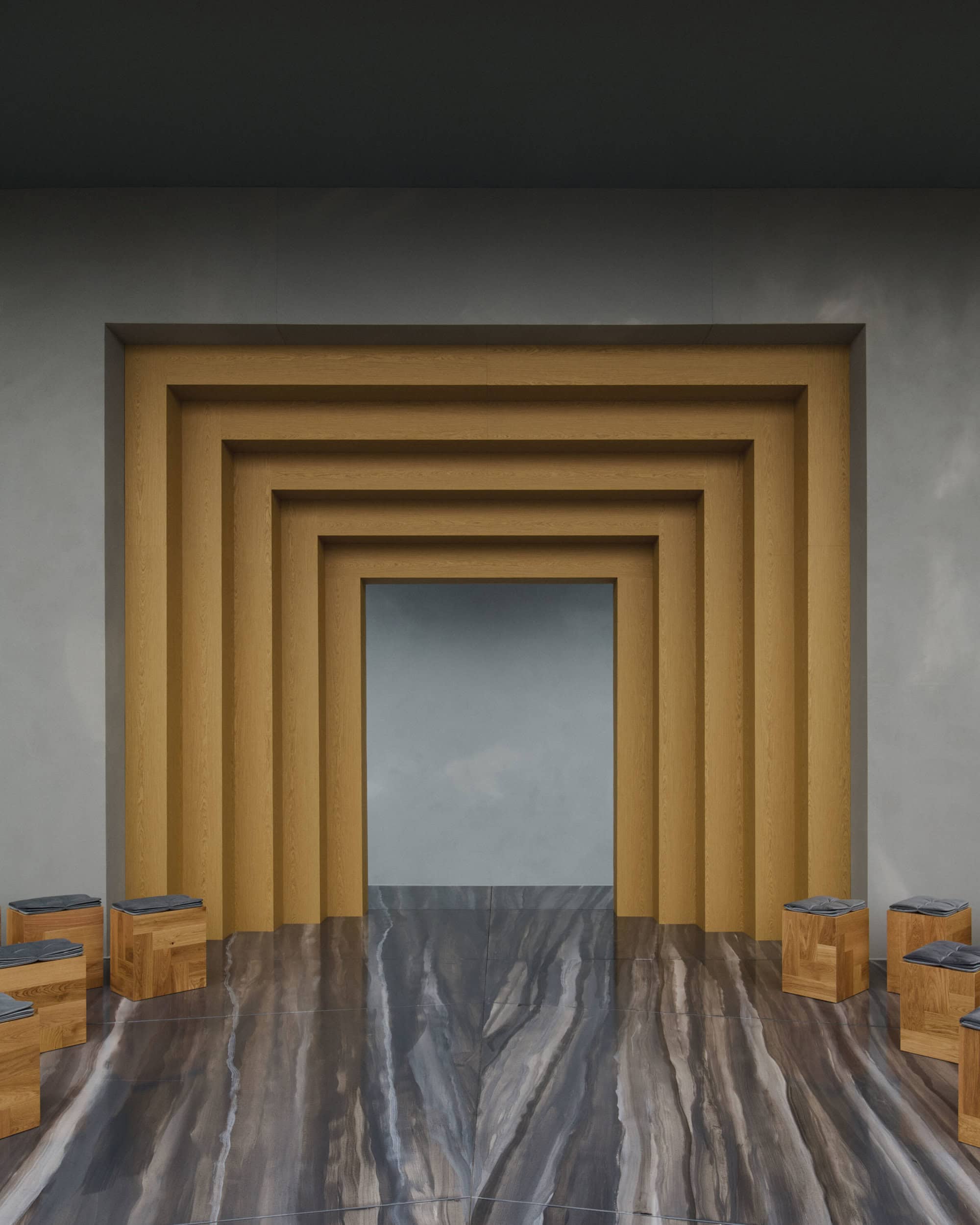
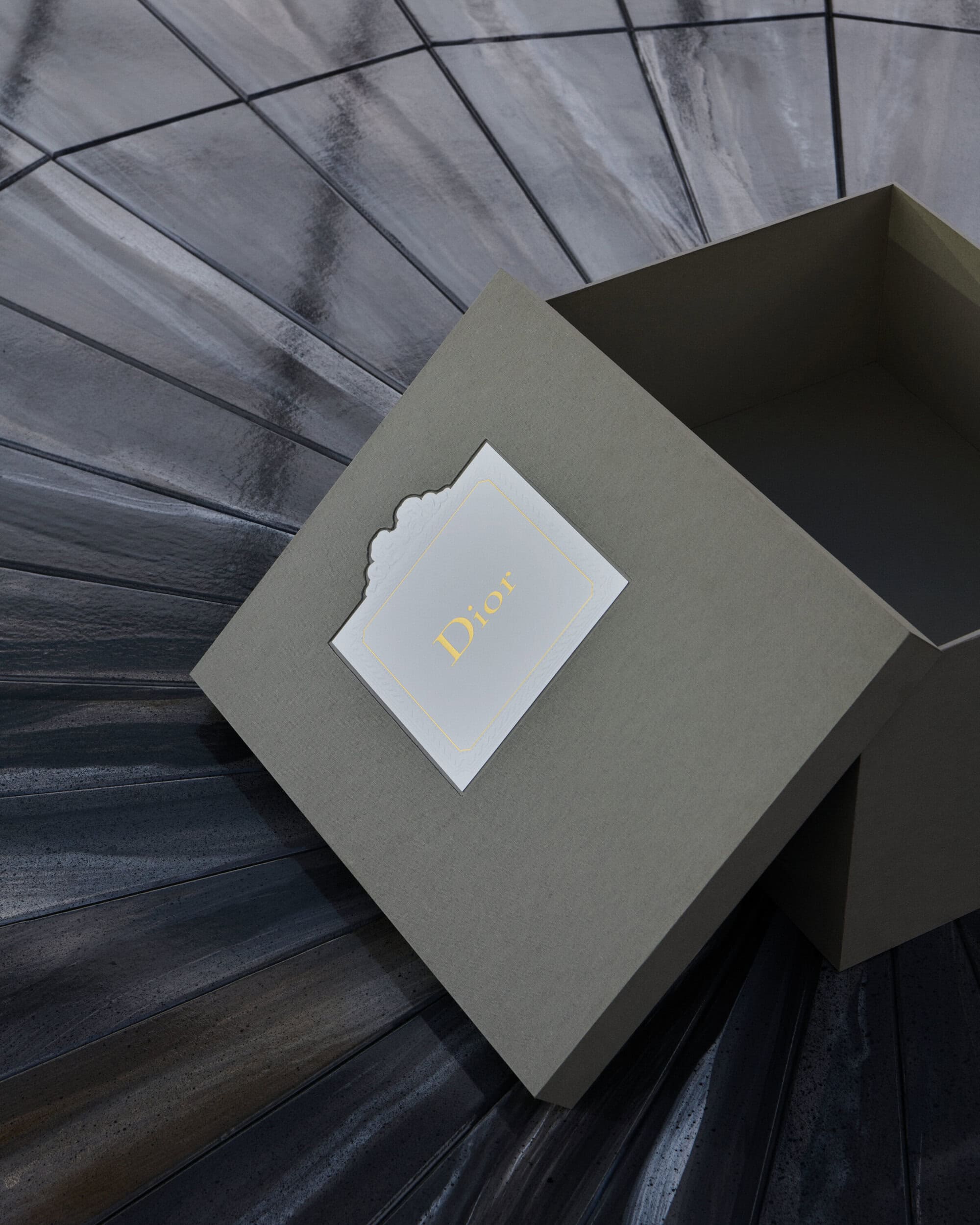
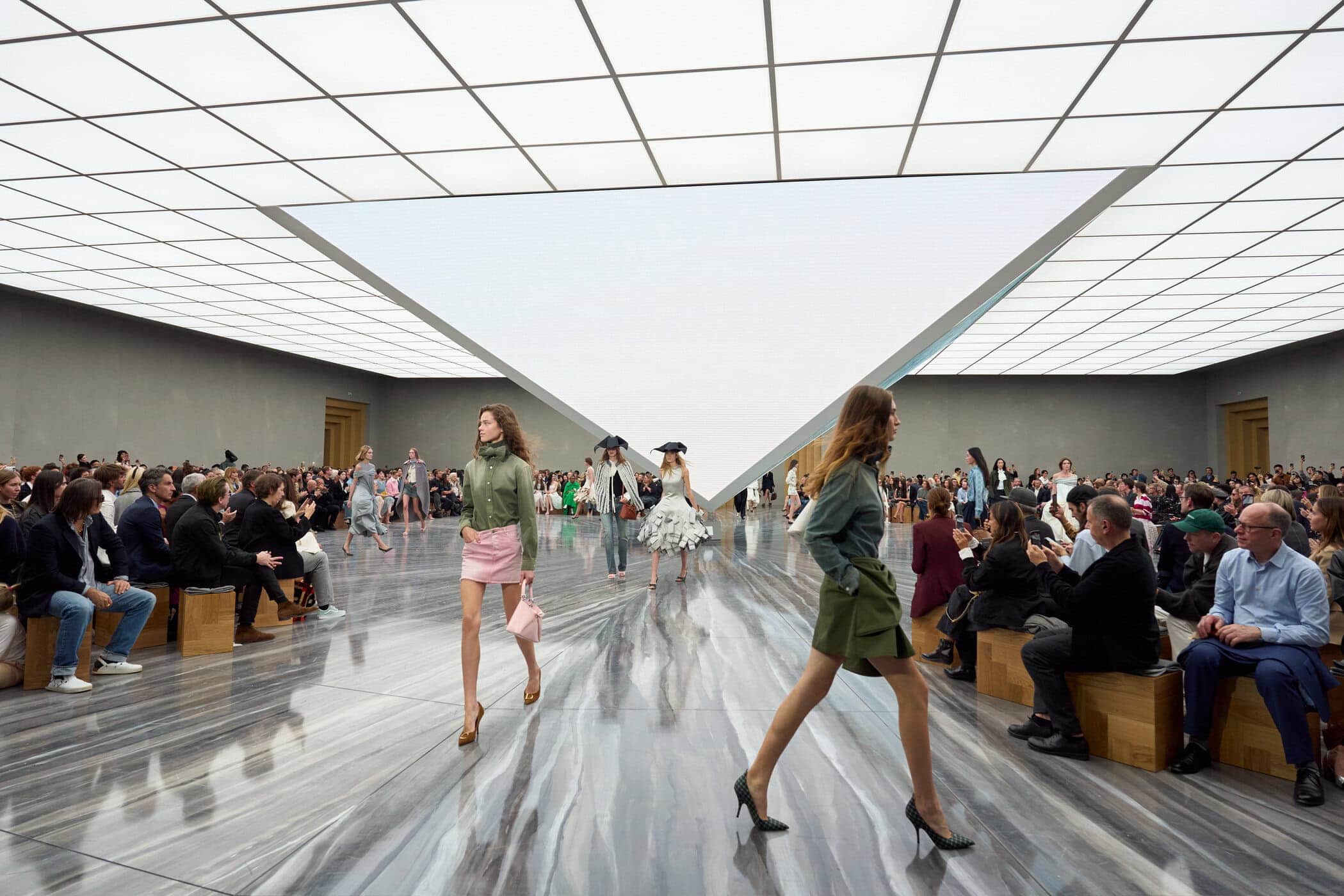
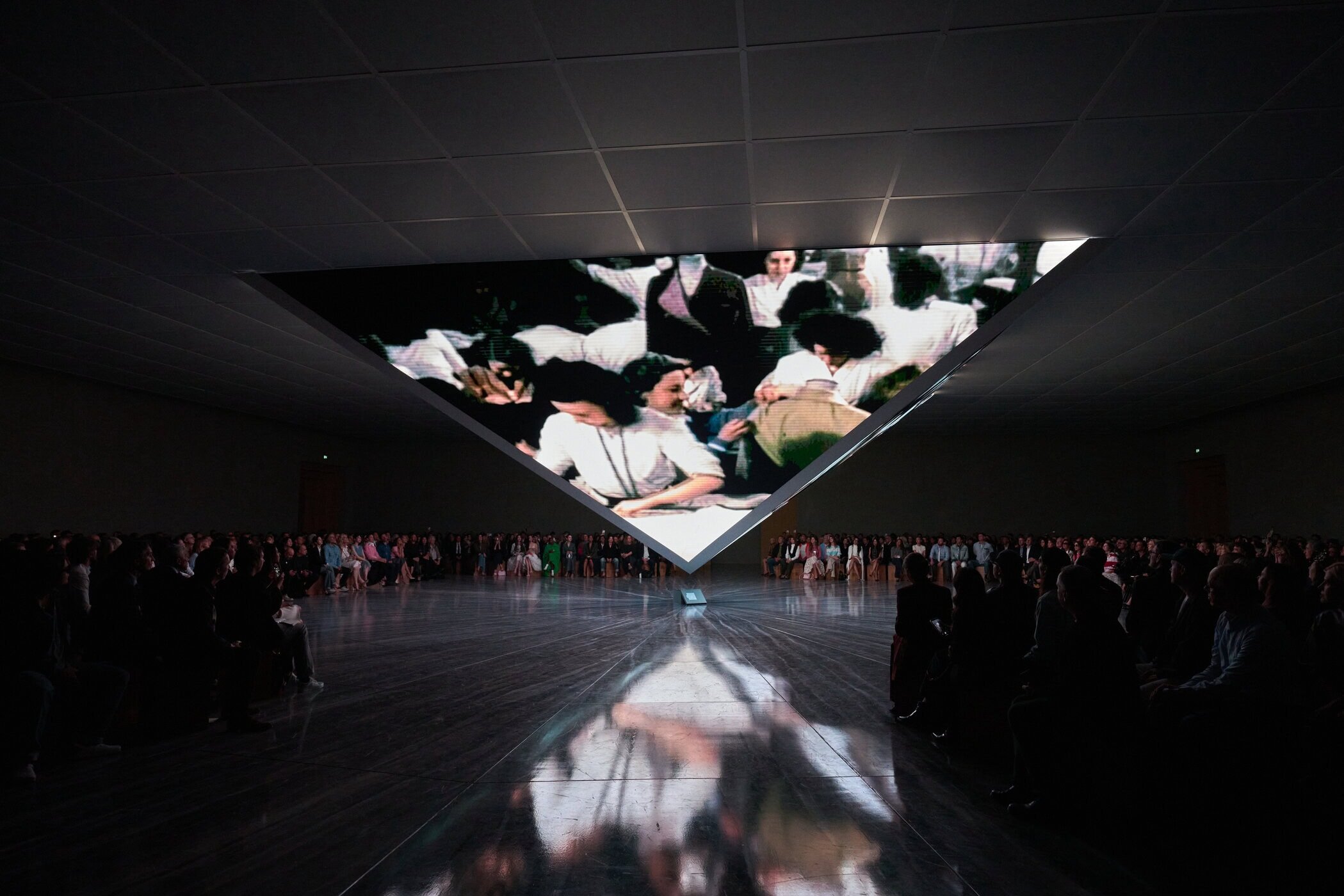
Saint Laurent
Thousands of white hydrangeas transformed the Paris venue into a dreamscape, set beneath the shadow of the Eiffel Tower. The effect was undeniably stunning—soft, romantic, and cinematic in scale—but perhaps a touch too on the nose. With its grand floral arches and Parisian backdrop, the runway felt closer to Saint Laurent’s playbook than something entirely new, blurring the line between homage and déjà vu. And while it echoed familiar tropes, the sheer romance of the setting served as proof that timeless gestures, when done with sincerity, still resonate.
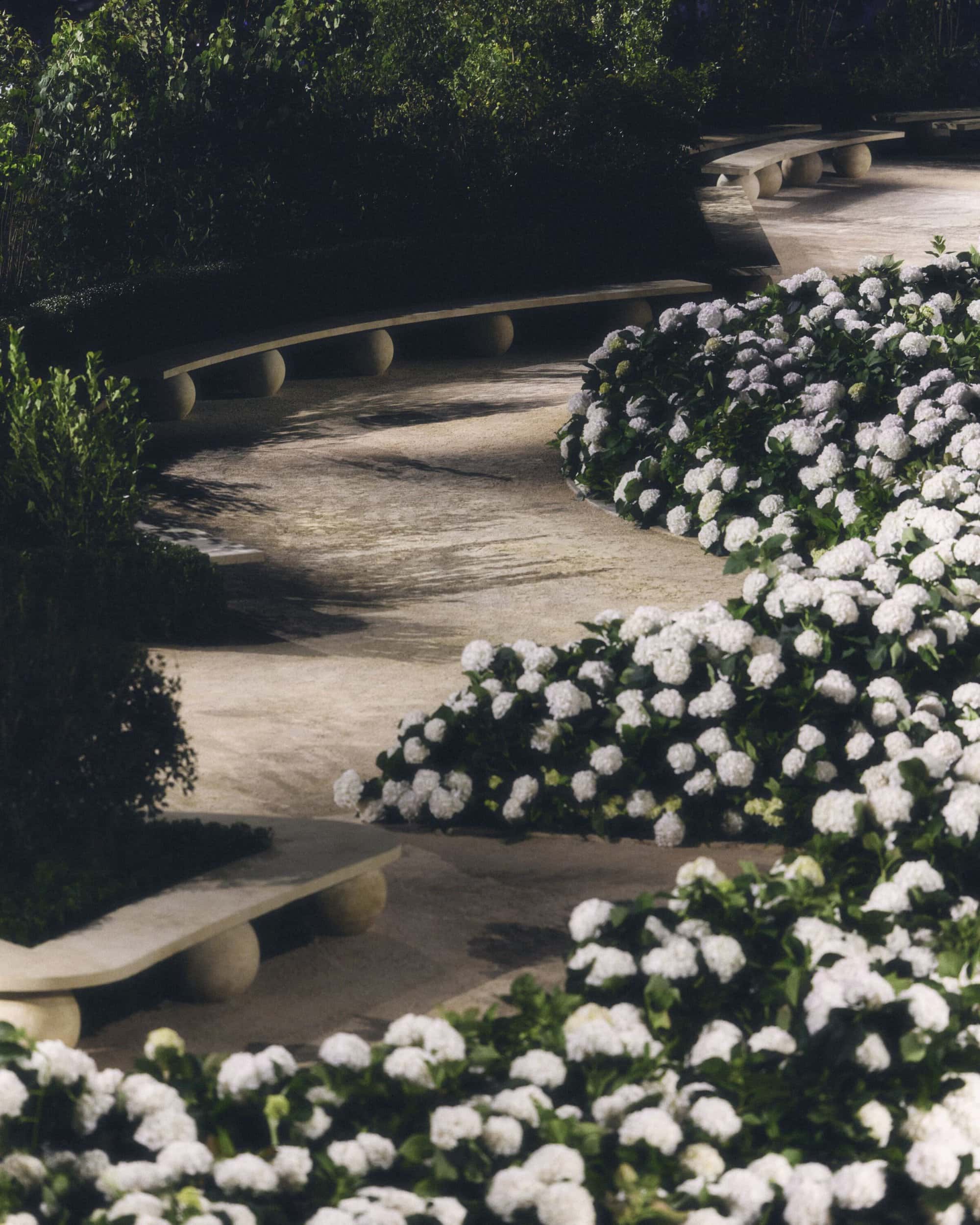
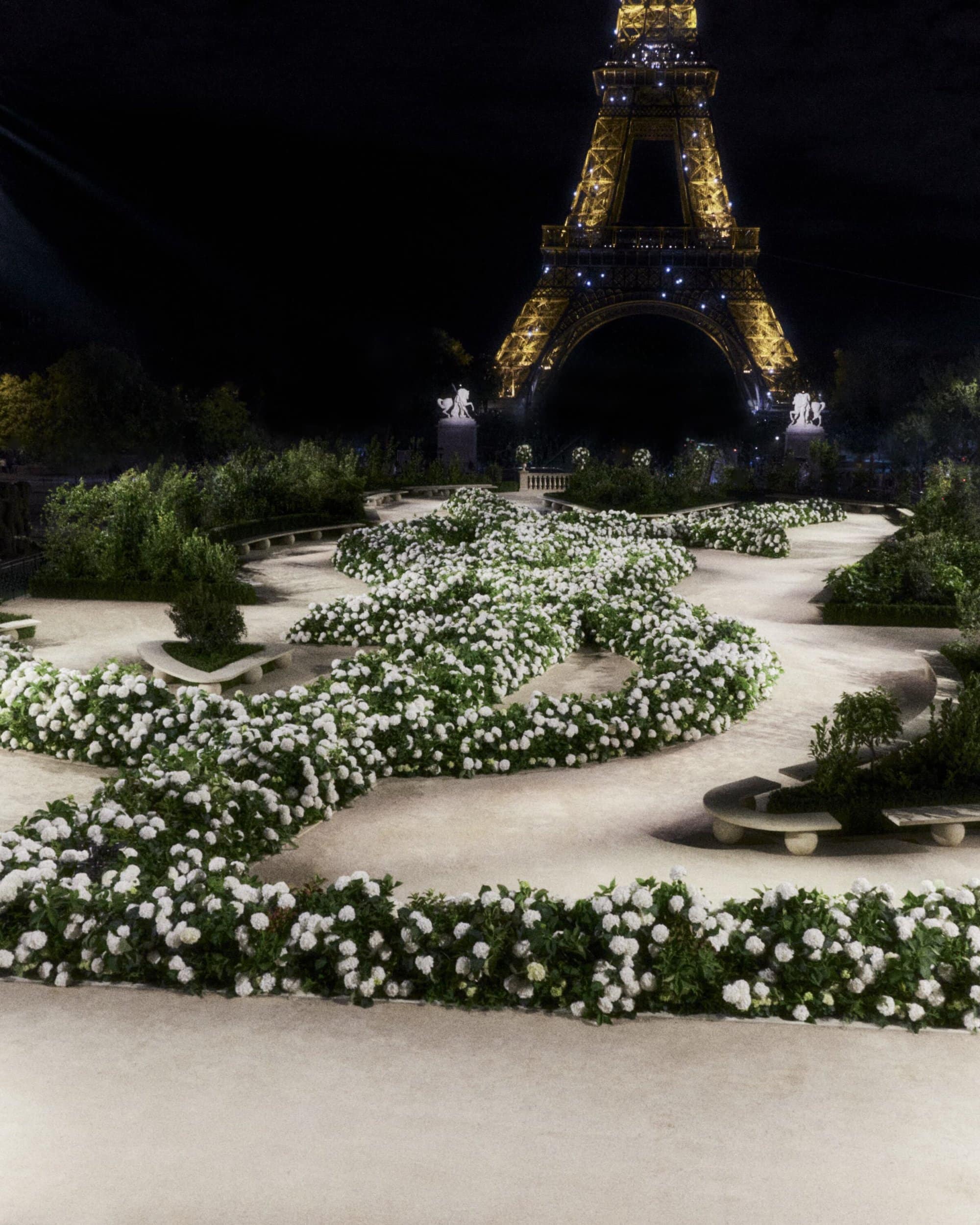
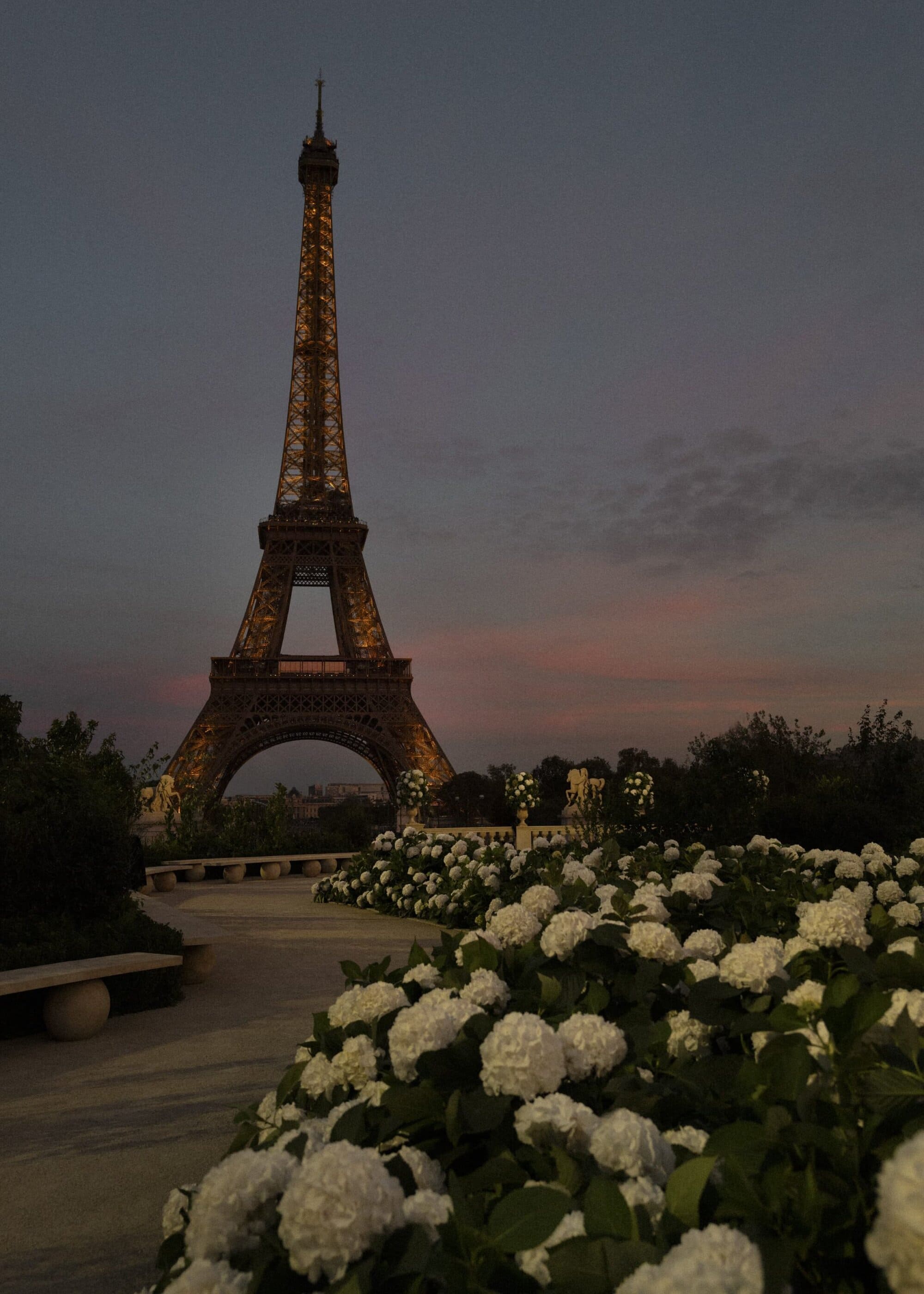
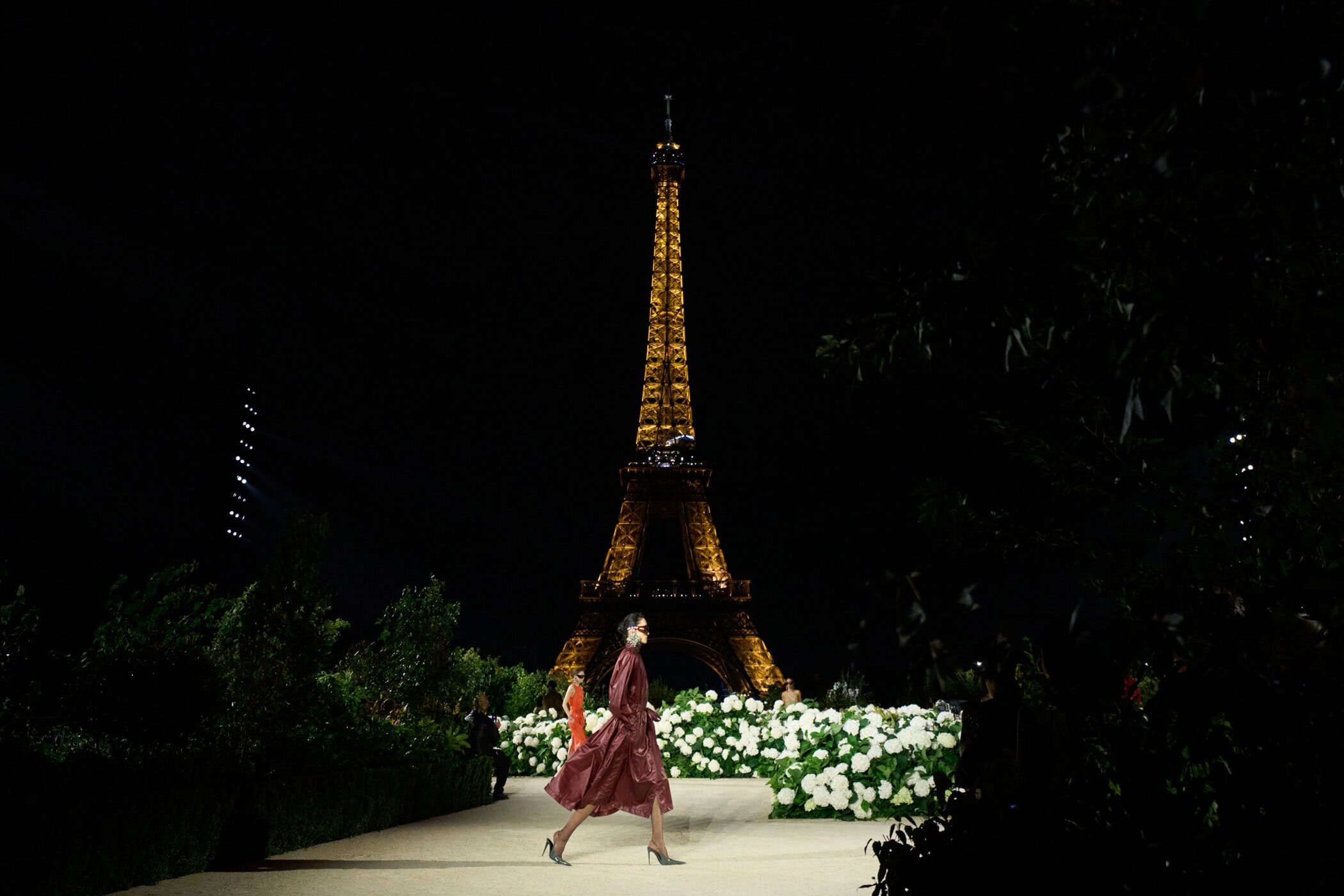
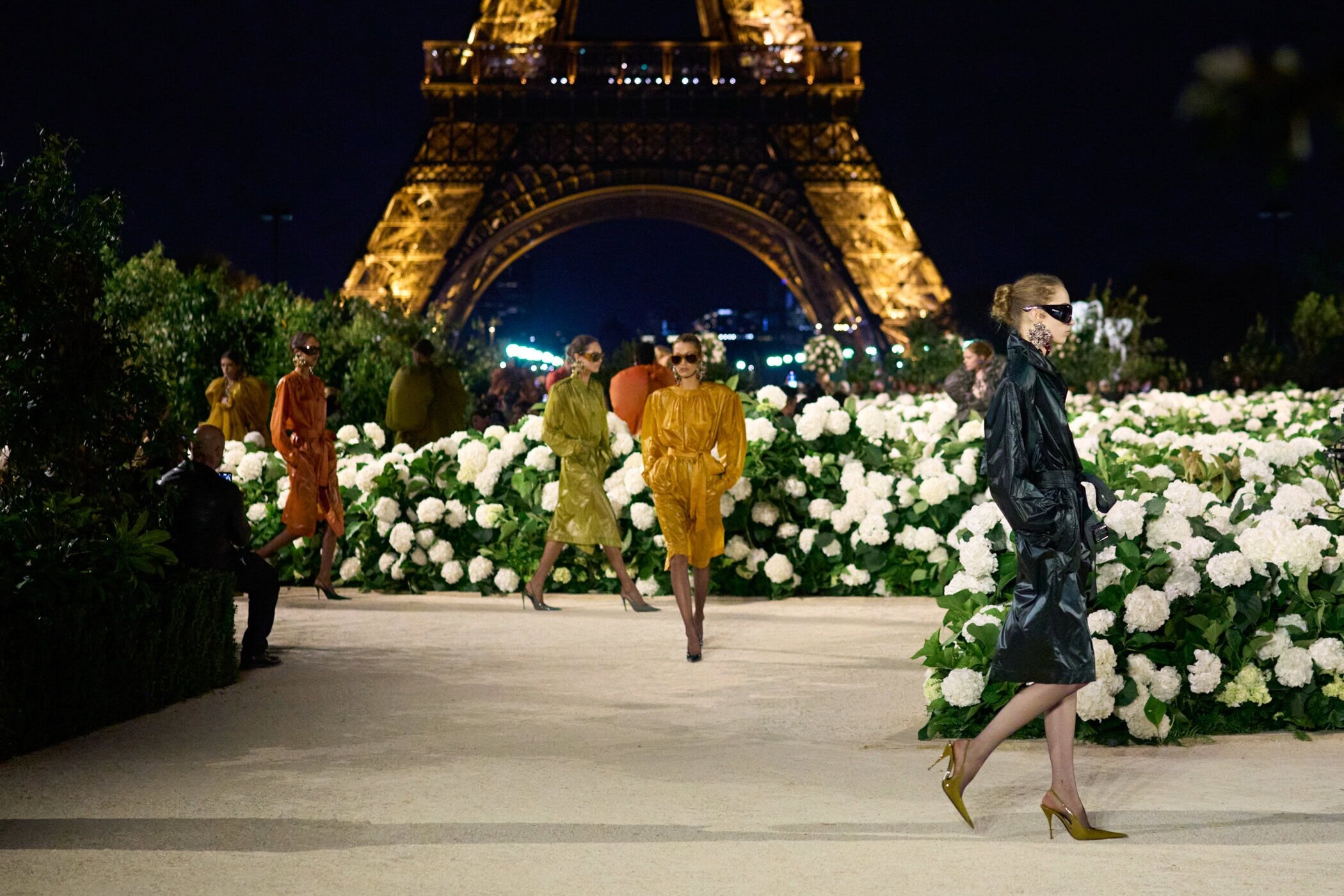
Jason Wu
On loan from the Robert Rauschenberg Foundation, the artist’s twenty-nine-panel work A Quake in Paradise (Labyrinth) (1994) set the stage for Jason Wu’s latest collection—a serene yet charged environment where art and fashion met in quiet dialogue. Bias-cut strips, meticulously placed and sewn by hand, paid homage to Rauschenberg’s ethereal Hoarfrost series. Wu ensured that each look moved with the same sense of suspended motion and layered transparency that defined the artist’s work—an exploration of texture, touch, and lightness rendered in fabric.
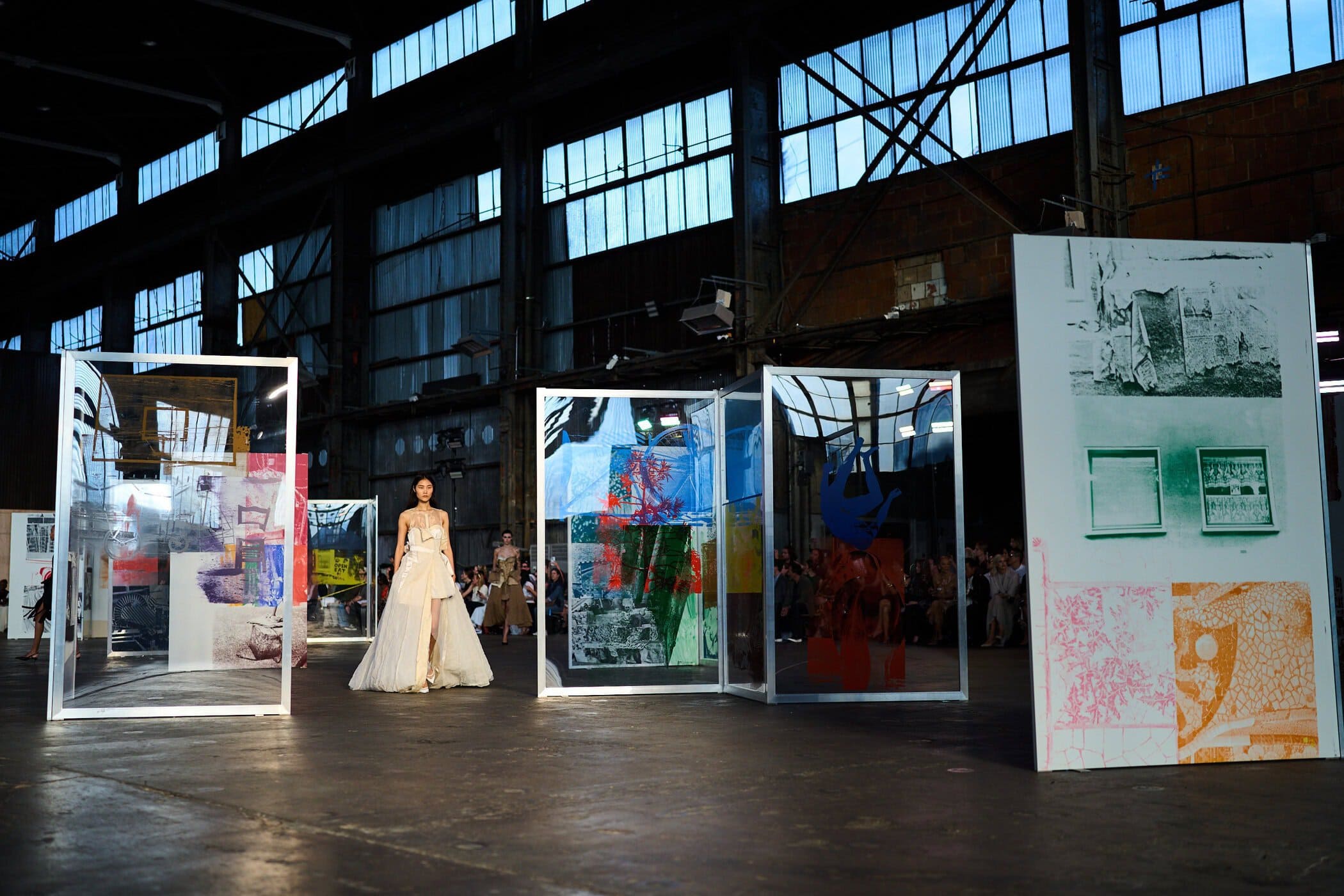
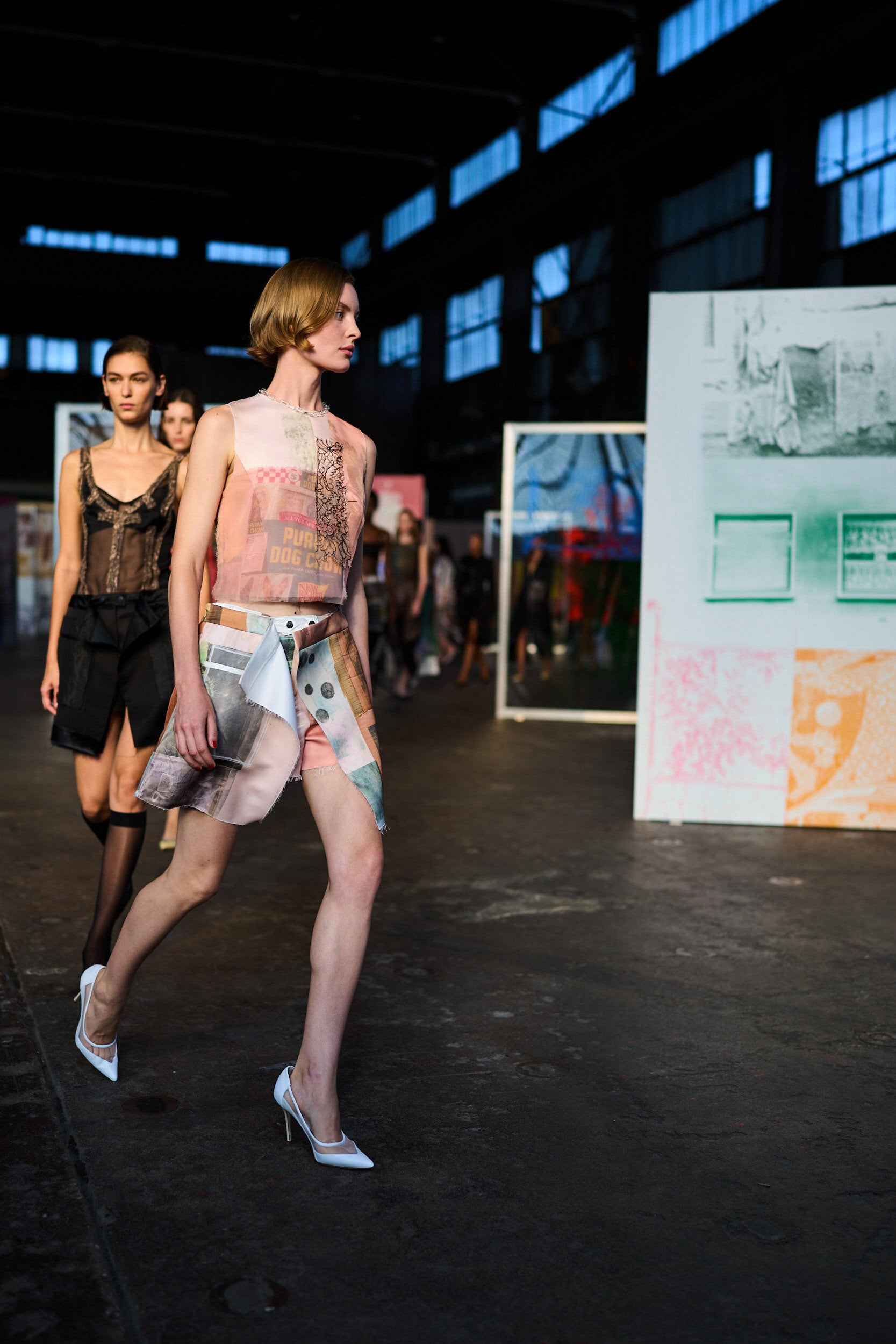
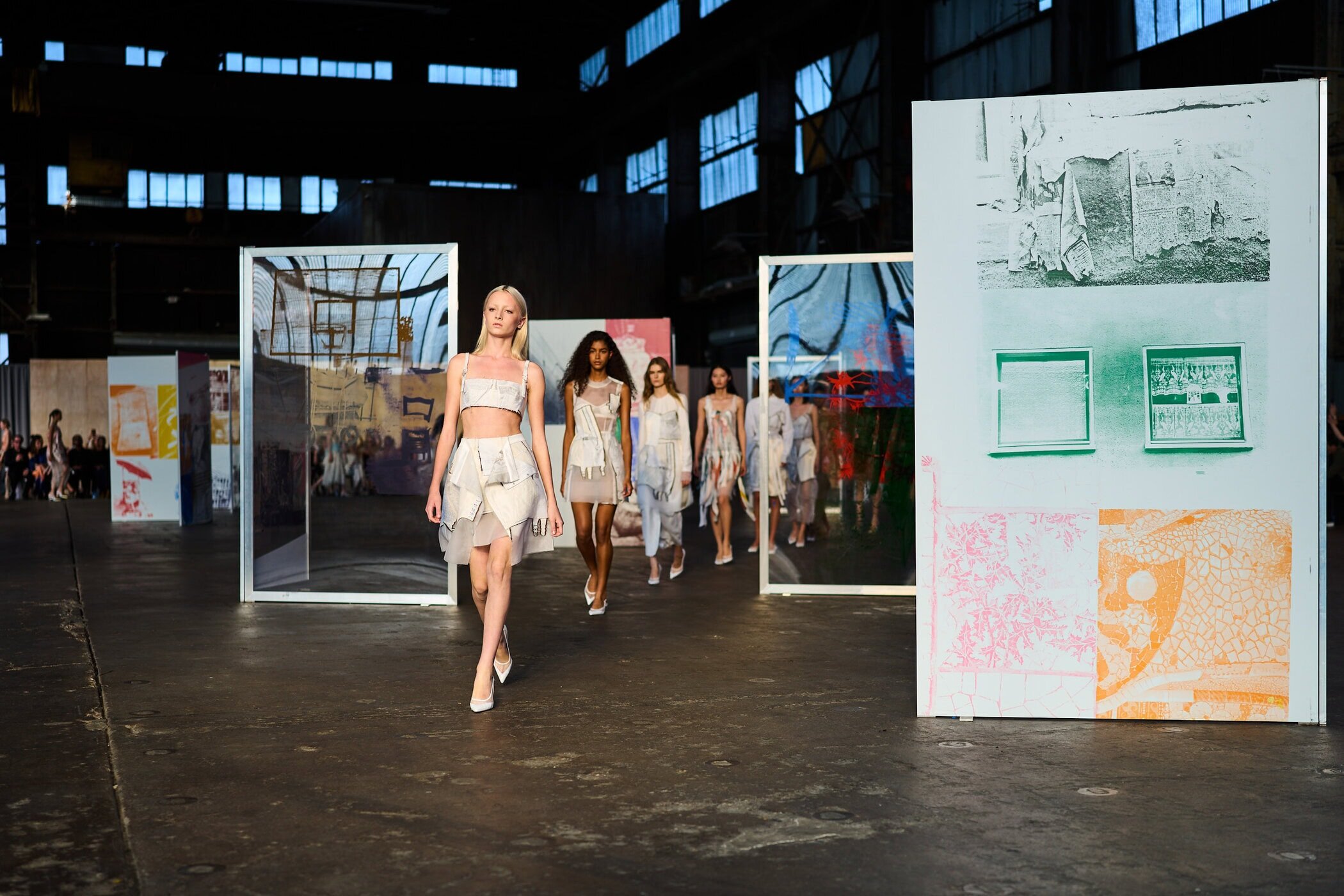
Khaite
Unfolding like a fragment from a near-future, Khaite’s runway stretched above a mirror-still reflecting pool, bordered by the geometric monoliths serving as the runway. Veiled in drifting fog that softened edges while heightening tension, the set felt cool, emotionally distanced, yet when paired with the collection, it introduced an electric undercurrent—softness meeting grit in deliberate collision. The tectonic geometry of the set seemed to shift perspective, suggesting not only a physical space but an ideological one, inviting the audience to reorient how they perceive form, contrast, and emotion. Khaite forged a visual language that felt less accessory and more architecture of feeling.
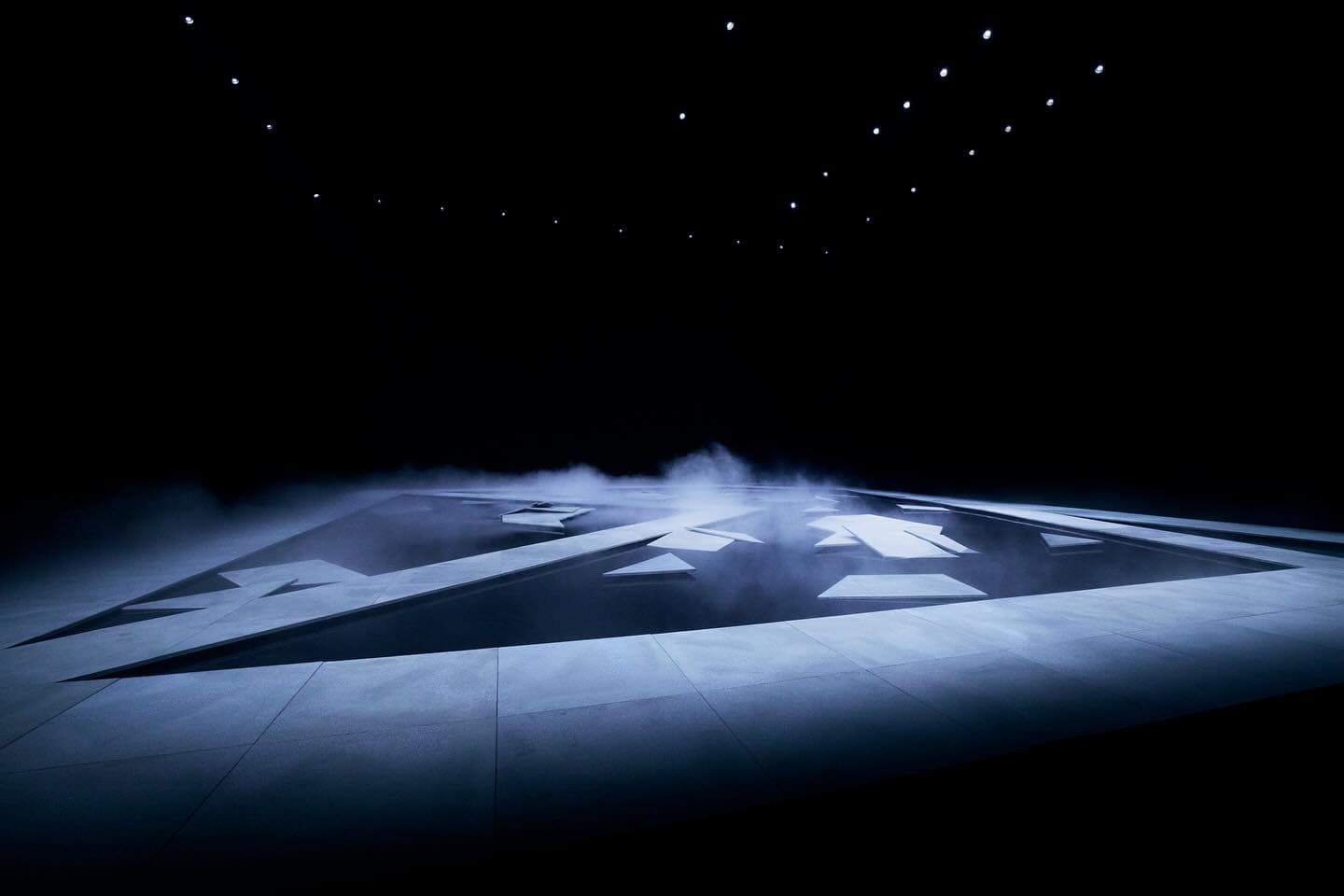
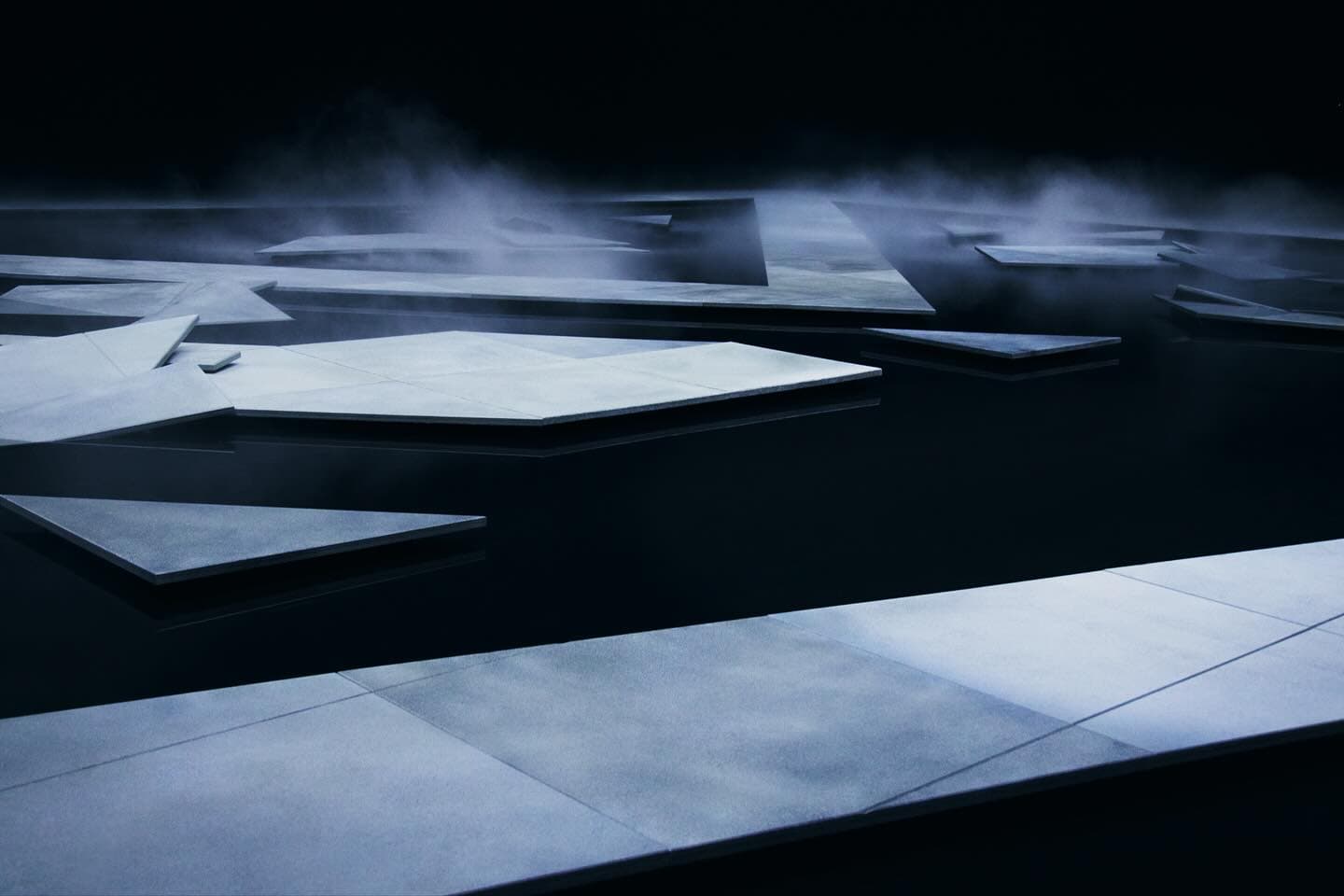
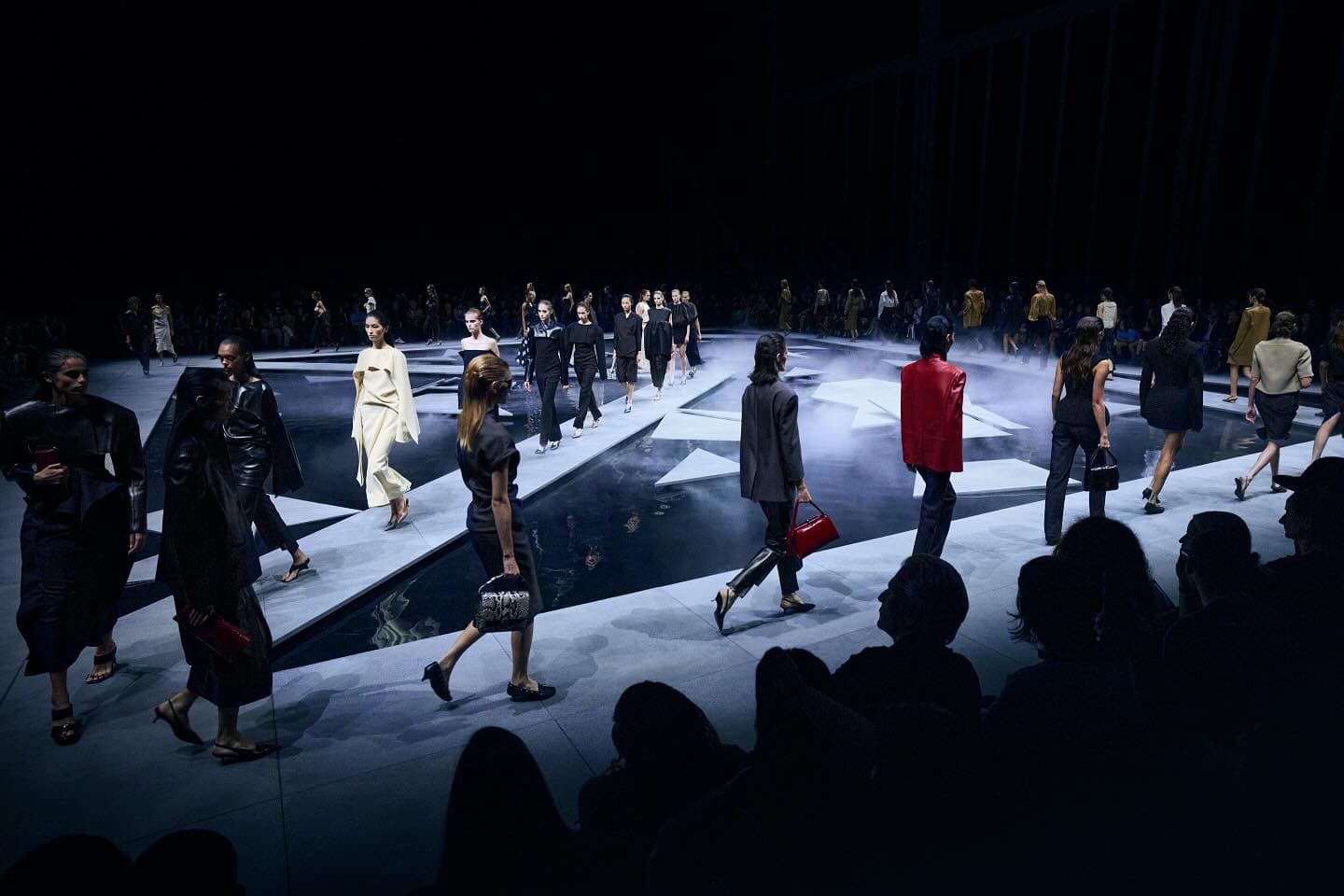
Carolina Herrera
And if you were hoping for a change of scenery—at least beyond the usual circuit of Paris, Milan, London, and New York—there came Wes Gordon. Leaving behind New York this season, Carolina Herrera took to the true heart of Madrid, presenting its Spring/Summer 2026 collection in the iconic Plaza Mayor. The runway, circling the square’s central fountain, came alive under the soft pink glow of sunset before giving way to night, when the lamps cast their golden light across the arcades. The atmosphere was cinematic—romantic yet spirited—perfectly framing Gordon’s ode to the Spanish woman, whose elegance feels both timeless and alive beneath the city’s evening sky.
The standout set designs of the season revealed an industry in quiet transformation—one that favors conceptual resonance over spectacle. Each show used space as a living metaphor rather than a mere ornament serving no longer as static frames for fashion but as extensions of the designers’ philosophies, articulating emotion through light, texture, and tension. Collectively, they mark a shift toward narrative subtlety and sensory depth, where the most successful environments are not the loudest but the most intelligent—inviting audiences to feel, reflect, and engage with fashion as an idea, not just an image.
